The Everest Base Camp trek is a bucket-list adventure that draws thousands of explorers each year to Nepal’s Khumbu region. Standing at the foot of Mount Everest, the world’s highest peak, is an unparalleled experience that blends physical challenge with breathtaking scenery and rich cultural immersion.
At Nepal Adventure Trail, we’ve perfected this iconic 14-day journey to offer you a safe, sustainable, and unforgettable trek to Everest Base Camp.
Whether you’re chasing panoramic Himalayan views or seeking a deeper connection with Sherpa culture, our expertly crafted tour package has you covered.
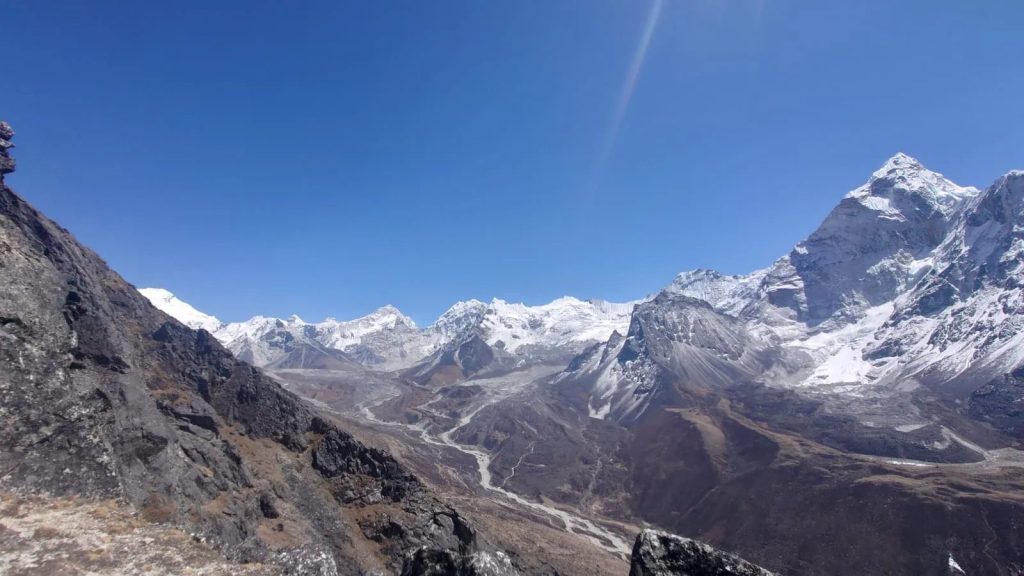
Why Trek to Everest Base Camp with Nepal Adventure Trail?
Our Everest Base Camp trek stands out for its thoughtful design and commitment to your experience. Here’s what sets us apart:
- Experienced Local Guides: Our certified guides are Khumbu natives, many with Everest summit experience, ensuring your safety and enriching your journey with insider knowledge.
- Small Groups, Big Impact: We cap groups at 10 trekkers for a personalized adventure and minimal environmental footprint.
- Sustainable Practices: We collaborate with local teahouses and communities, supporting the Sherpa economy while promoting eco-friendly trekking.
- Optimized Acclimatization: With rest days in Namche Bazaar and Dingboche, our itinerary maximizes your chances of reaching Base Camp feeling strong.
Ready to embark on the trek of a lifetime? Let’s dive into the details.
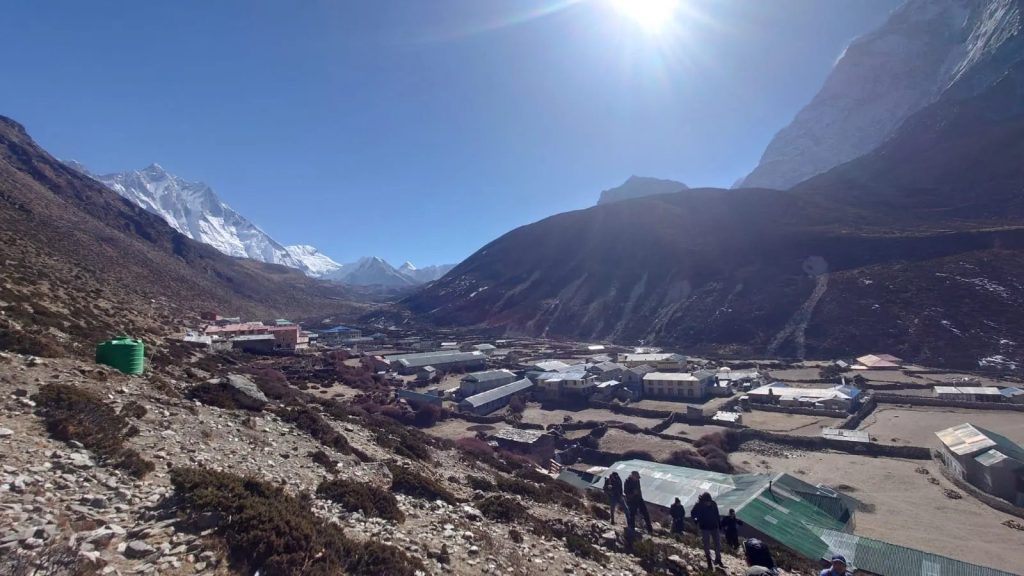
Detailed Itinerary: Your 14-Day Journey to Everest Base Camp
Our 14-day itinerary balances trekking with rest, taking you from Kathmandu to the base of Everest and back. Here’s how it unfolds:
Day 1: Arrival in Kathmandu (1,400m / 4,593 ft)
Your adventure begins in Nepal’s vibrant capital. We’ll greet you at Tribhuvan International Airport and transfer you to a comfortable 3-star hotel. That evening, join us for a welcome dinner and trek briefing to meet your guide and fellow trekkers.
Day 2: Fly to Lukla (2,840m / 9,318 ft) and Trek to Phakding (2,610m / 8,563 ft)
A thrilling 35-minute flight to Lukla’s Tenzing–Hillary Airport marks the start of your trek. After landing, you’ll meet your porters and begin a gentle 3-4 hour trek to Phakding, following the Dudh Kosi River through pine forests and small Sherpa villages.
Day 3: Trek to Namche Bazaar (3,440m / 11,286 ft)
Today’s 5-6 hour trek takes you into Sagarmatha National Park, a UNESCO World Heritage Site. Cross swaying suspension bridges and ascend through forests to Namche Bazaar, the lively Sherpa trading hub. Catch your first glimpse of Everest (weather permitting) as you settle in.
Day 4: Acclimatization Day in Namche Bazaar
Rest and acclimatize at 3,440m. Explore Namche’s colorful markets, visit the Sherpa Culture Museum, or opt for a short hike to the Everest View Hotel (3,880m) for stunning vistas of Everest, Lhotse, and Ama Dablam.
Day 5: Trek to Tengboche (3,860m / 12,664 ft)
A 5-6 hour trek leads you through rhododendron forests and past yak pastures to Tengboche. Visit the historic Tengboche Monastery, the spiritual center of the Khumbu, and soak in views of Ama Dablam, one of the Himalaya’s most striking peaks.
Day 6: Trek to Dingboche (4,410m / 14,469 ft)
Descend to cross the Imja Khola River, then climb steadily for 5-6 hours to Dingboche. This charming village, nestled beneath rugged peaks, offers a peaceful setting surrounded by stone-walled fields and grazing yaks.
Day 7: Acclimatization Day in Dingboche
Acclimatize at 4,410m with a rewarding 3-4 hour hike to Nangkartshang Peak (5,083m). The effort pays off with jaw-dropping views of Makalu, Lhotse, and the Imja Valley—perfect preparation for the higher altitudes ahead.
Day 8: Trek to Lobuche (4,940m / 16,210 ft)
Trek 4-5 hours along the Khumbu Glacier’s moraine, passing the poignant memorials at Thukla Pass honoring climbers lost on Everest. Arrive in Lobuche, a starkly beautiful outpost beneath towering peaks.
Day 9: Trek to Gorak Shep (5,190m / 17,028 ft) and Everest Base Camp (5,364m / 17,598 ft)
The big day! After a 2-3 hour trek to Gorak Shep, drop your bags and continue 2-3 hours to Everest Base Camp. Stand at 5,364m, surrounded by the Khumbu Icefall and the spirit of mountaineering history, before returning to Gorak Shep for the night.
Day 10: Hike to Kala Patthar (5,555m / 18,225 ft) and descend to Pheriche (4,240m / 13,911 ft)
Rise early for a 2-hour ascent to Kala Patthar, the trek’s highest point. Watch the sunrise illuminate Everest, Nuptse, and Changtse in golden hues. Descend to Gorak Shep for breakfast, then trek 5-6 hours to Pheriche.
Day 11: Trek to Namche Bazaar (3,440m / 11,286 ft)
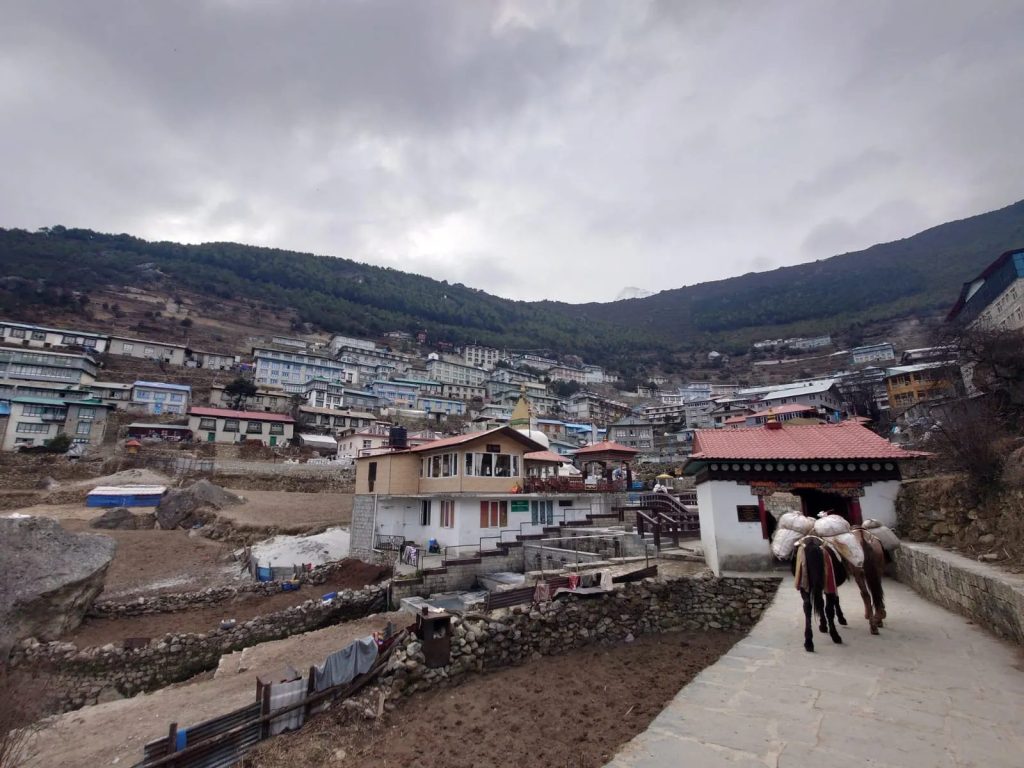
A 6-7 hour descent retraces your route through Tengboche, with familiar landscapes feeling fresh from a new perspective. Celebrate your journey’s progress back in Namche Bazaar.
Day 12: Trek to Lukla (2,840m / 9,318 ft)
Your final 6-7 hour trekking day brings you back to Lukla. Reflect on your achievement and enjoy a farewell dinner with your trekking team.
Day 13: Fly to Kathmandu (1,400m / 4,593 ft)
Weather permitting, take a morning flight back to Kathmandu. Spend the day relaxing or exploring Thamel’s shops and cafes.
Day 14: Departure
We’ll transfer you to the airport for your flight home, or assist with plans to extend your Nepal adventure.
Cost and Inclusions: What’s Included in Your Trek
Priced at $1,450 per person (2025/2026 rates), our Everest Base Camp trek offers exceptional value. Here’s what’s covered:
- Accommodation: 2 nights in a 3-star Kathmandu hotel (twin-sharing), 11 nights in cozy teahouses during the trek.
- Meals: Breakfast in Kathmandu; all meals (breakfast, lunch, dinner) on the trek with tea/coffee.
- Transportation: Round-trip Kathmandu-Lukla flights, all airport transfers.
- Support Team: Licensed English-speaking guide, porters (1 per 2 trekkers, max 15kg per person).
- Permits: Sagarmatha National Park permit, TIMS card, and local fees.
- Safety Gear: First aid kit, oxymeters, emergency oxygen.
Exclusions: International flights, travel insurance (mandatory), personal expenses, tips for guides/porters (customary), alcoholic beverages.
Safety and Preparation: Trek Smart, Trek Safe
Trekking to 5,364m requires preparation and caution. Here’s how we ensure your safety and success:
- Acclimatization: Two rest days minimize altitude sickness risks, with guides monitoring your health daily using oxymeters.
- Physical Prep: Aim for moderate fitness with 3-4 months of cardio (hiking, running) and strength training. Practice with a loaded backpack.
- Essential Gear: Bring layered clothing, a warm sleeping bag (-10°C rating), trekking poles, sturdy boots, and sunglasses. We’ll provide a full packing list.
- Health Tips: Consult your doctor about altitude medication (e.g., Diamox). Stay hydrated and report symptoms like headaches or fatigue immediately.
- Insurance: Secure comprehensive travel insurance with high–altitude trekking and evacuation coverage.
Cultural and Scenic Highlights: A Feast for the Senses
This trek is more than a physical journey—it’s a cultural and visual odyssey:
- Sherpa Heritage: Immerse yourself in Namche Bazaar’s bustling markets, visit Khumjung’s Hillary School, and chat with locals over tea.
- Spiritual Sites: Tengboche Monastery offers a serene glimpse into Buddhist traditions—join a prayer session if timings align.
- Himalayan Vistas: From Kala Patthar’s sunrise over Everest to Ama Dablam’s elegant silhouette, the scenery is unforgettable.
- Nature’s Wonders: Cross glacial rivers on suspension bridges, spot Himalayan tahr, and marvel at springtime rhododendron blooms.
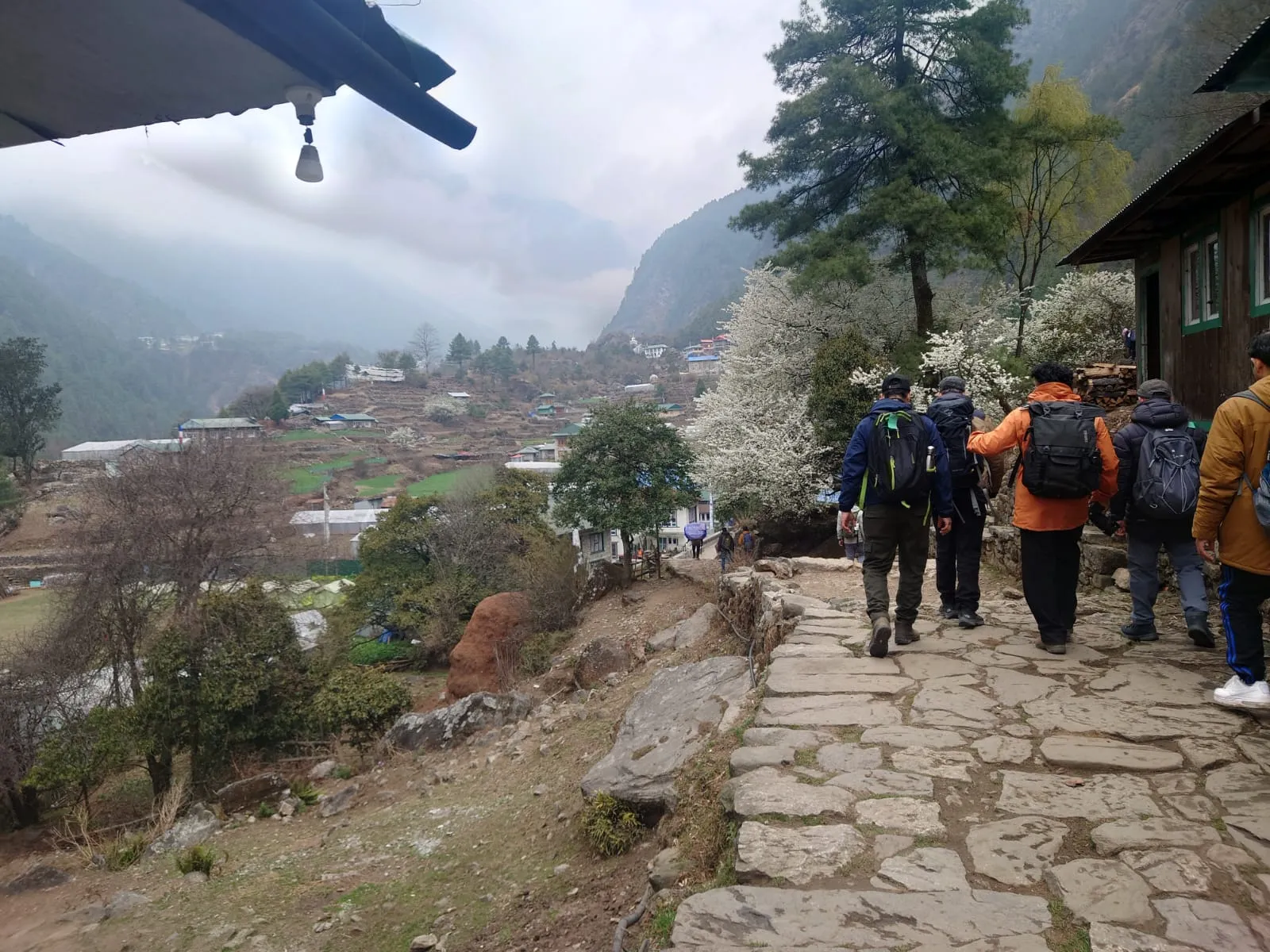
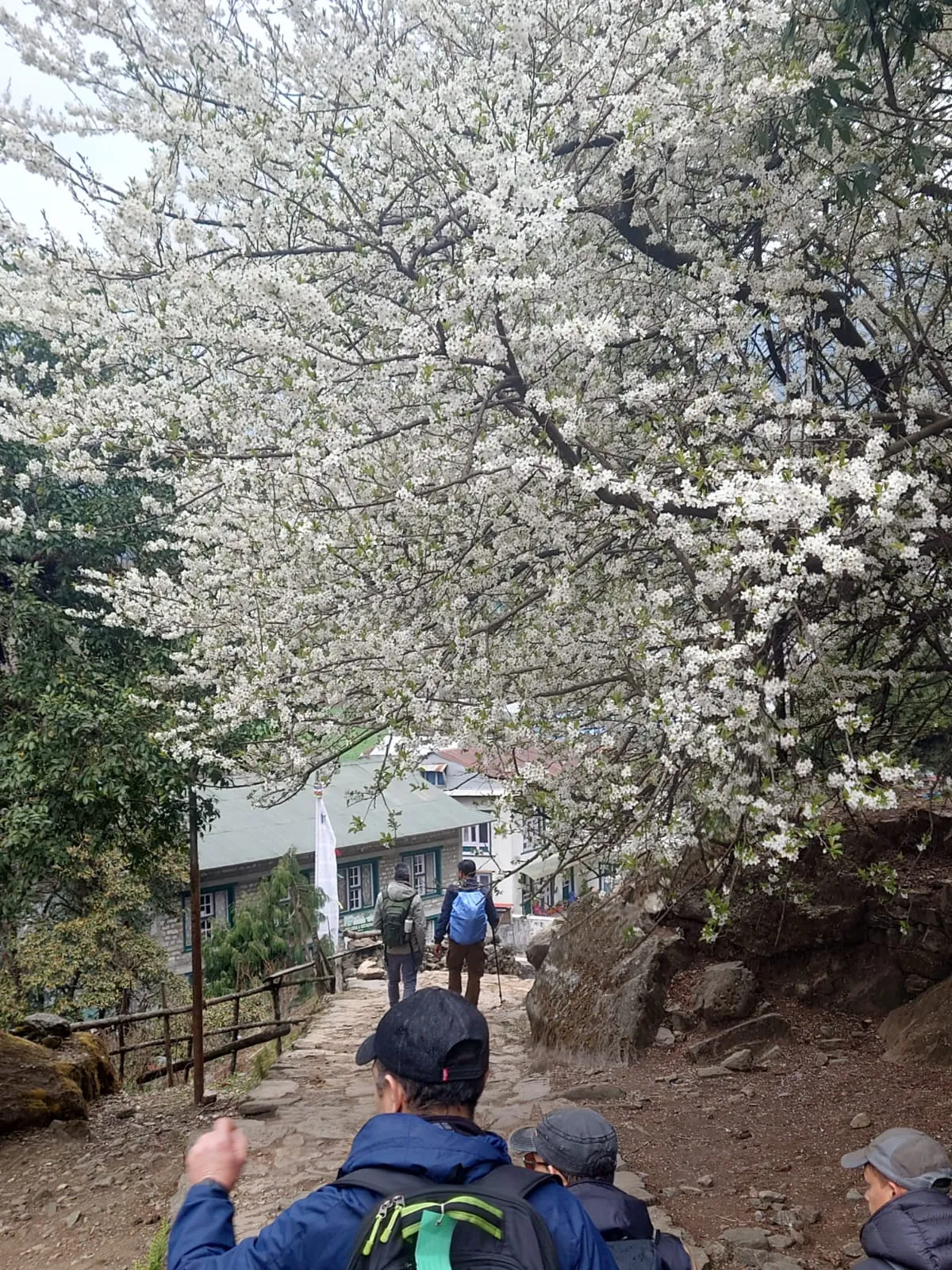
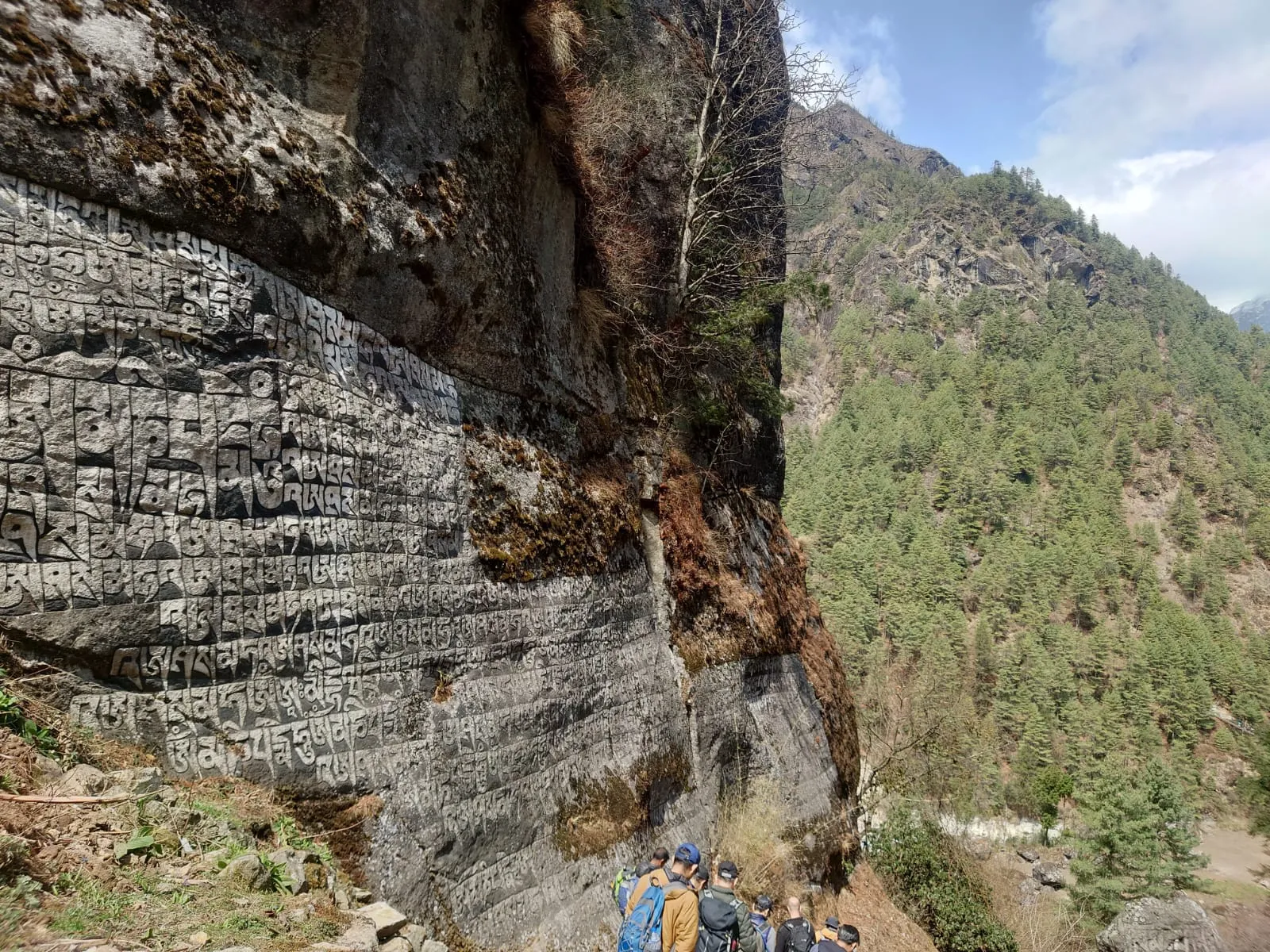
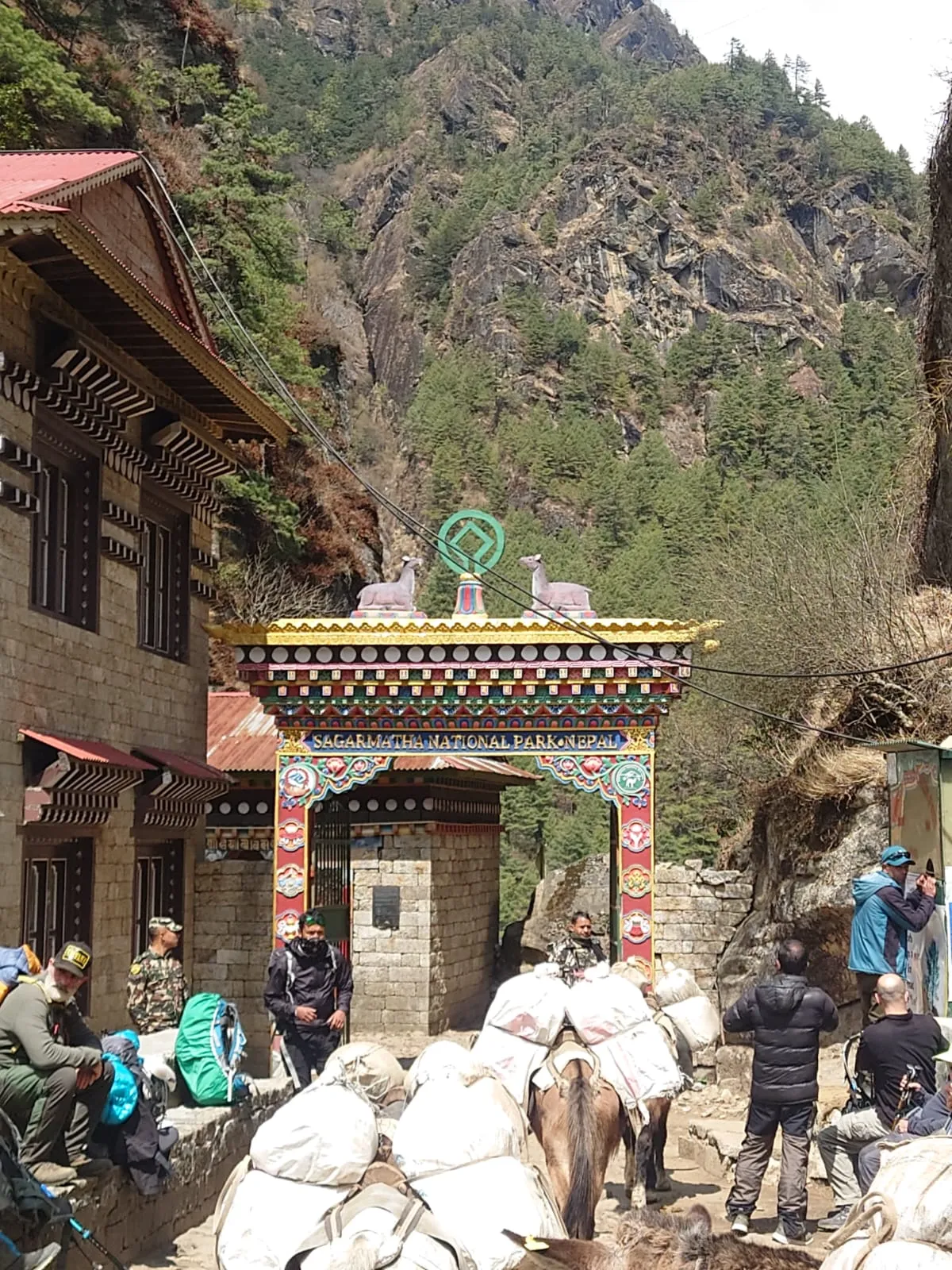
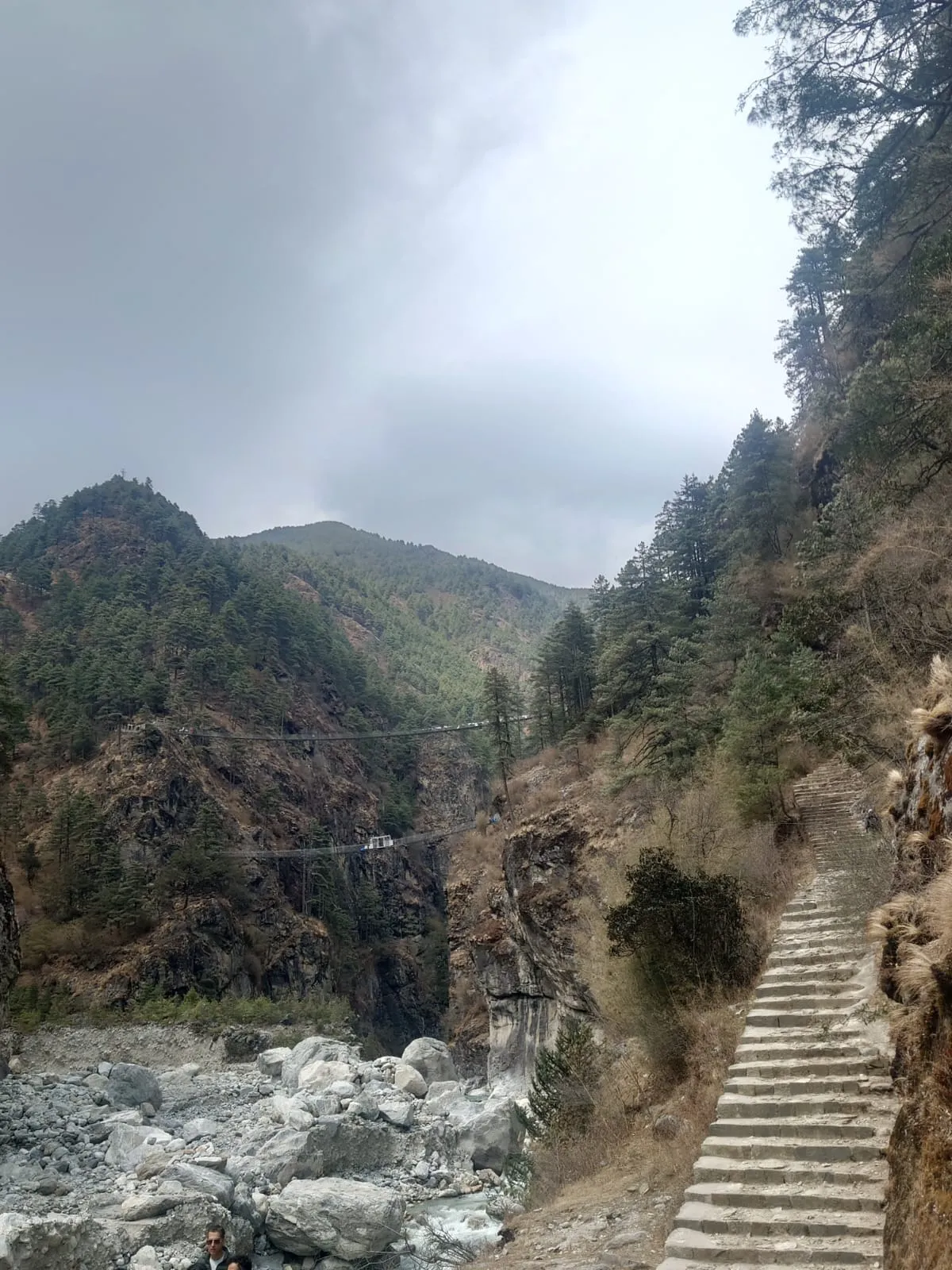




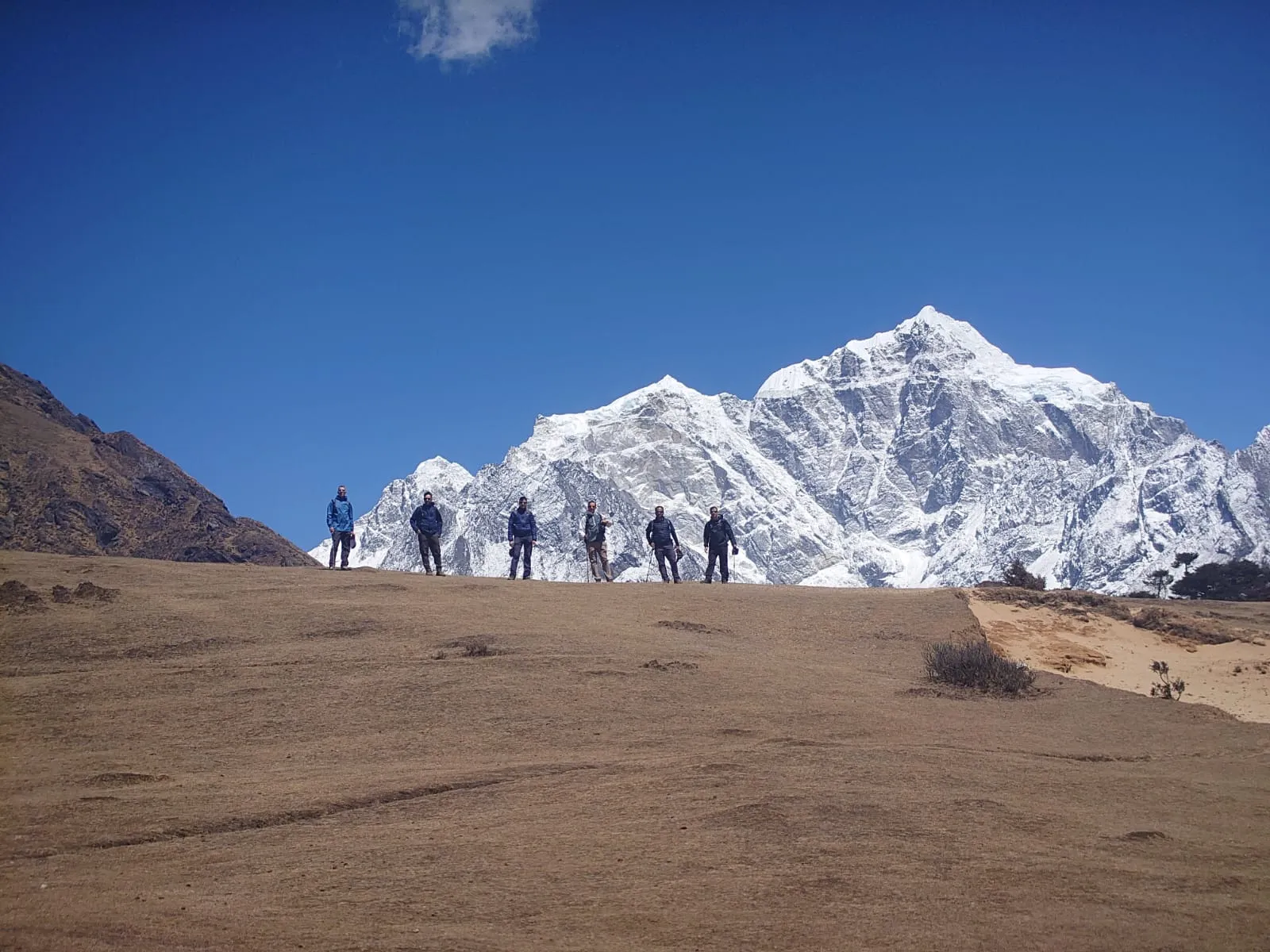


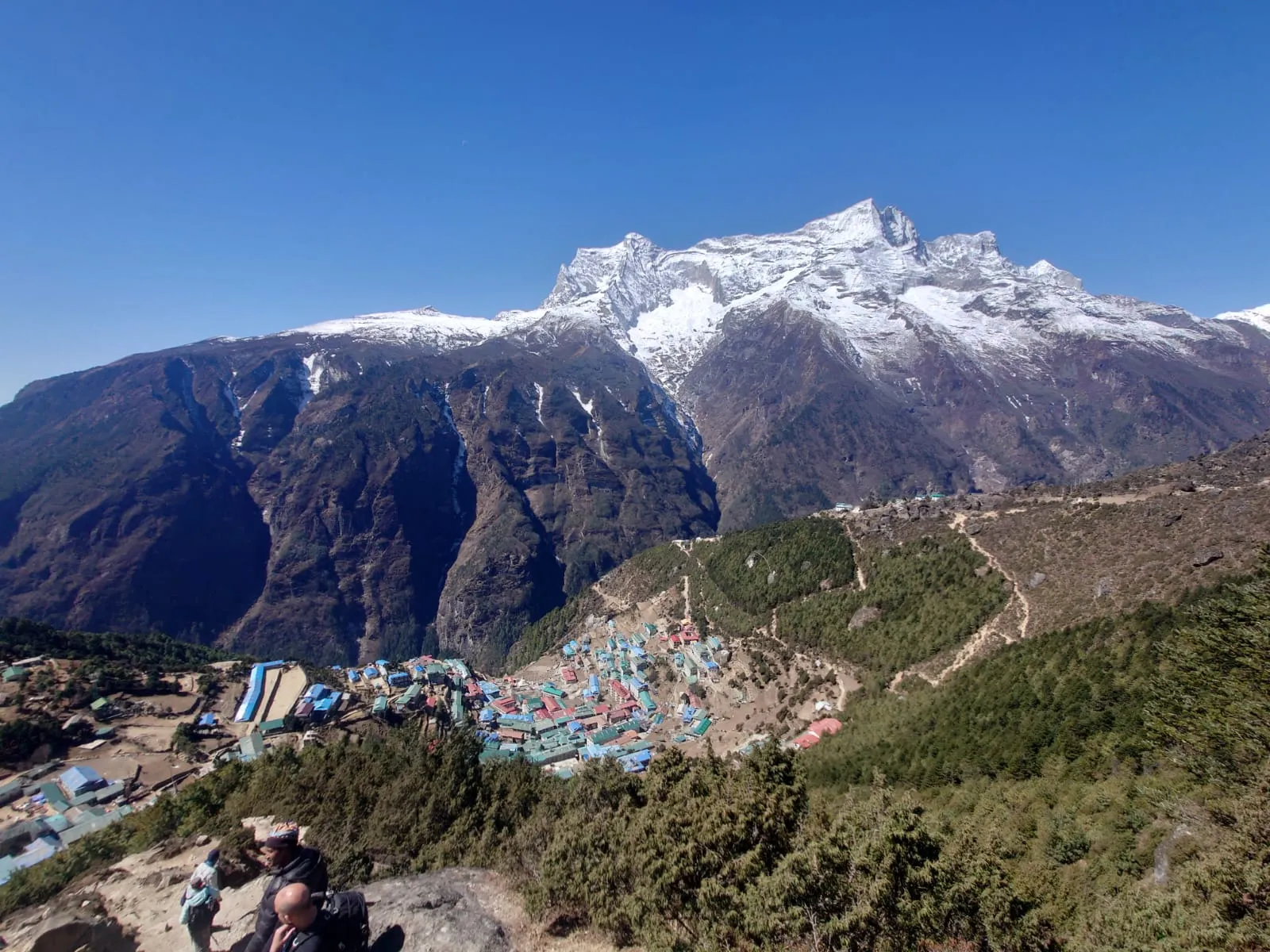

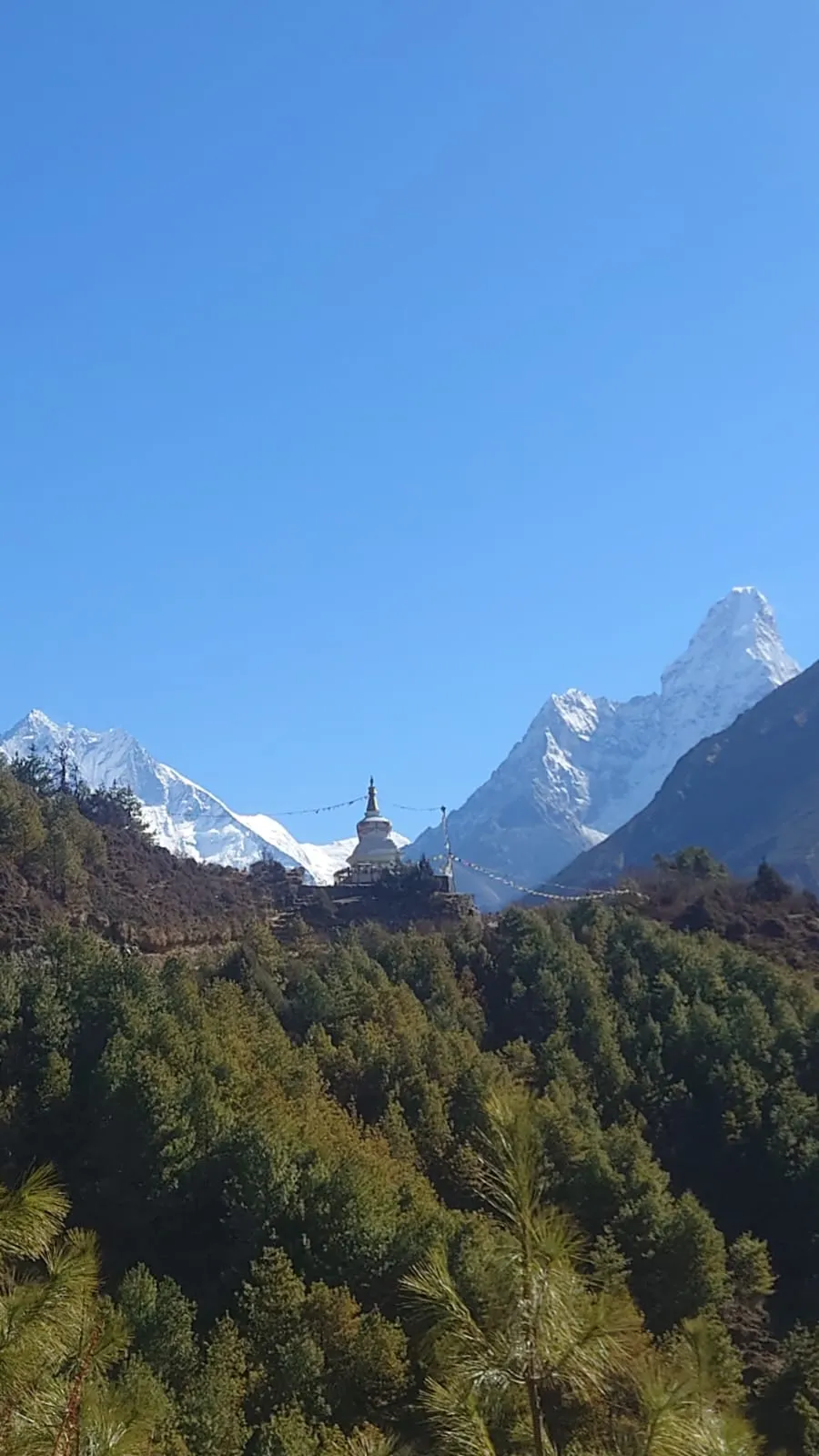
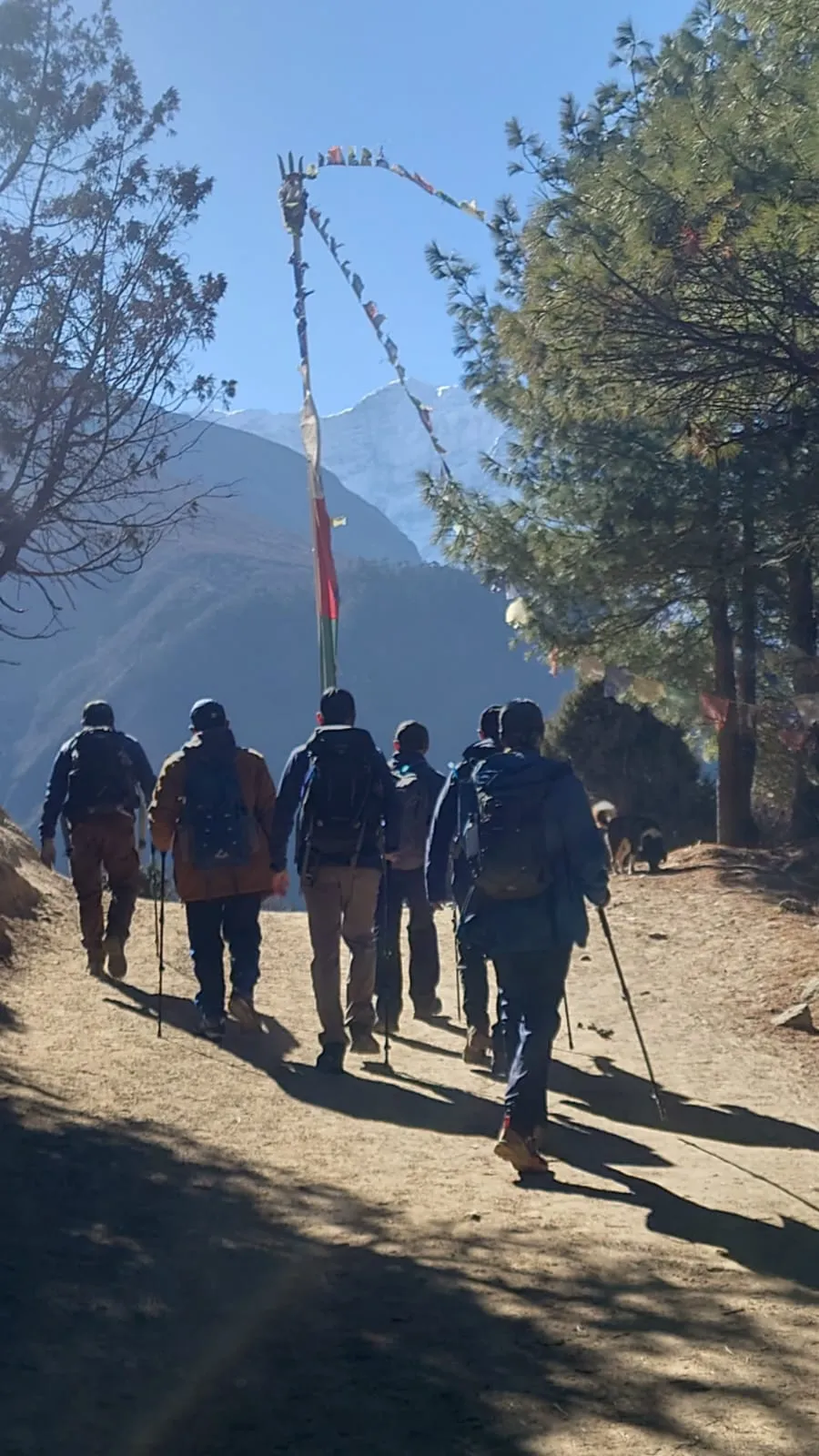
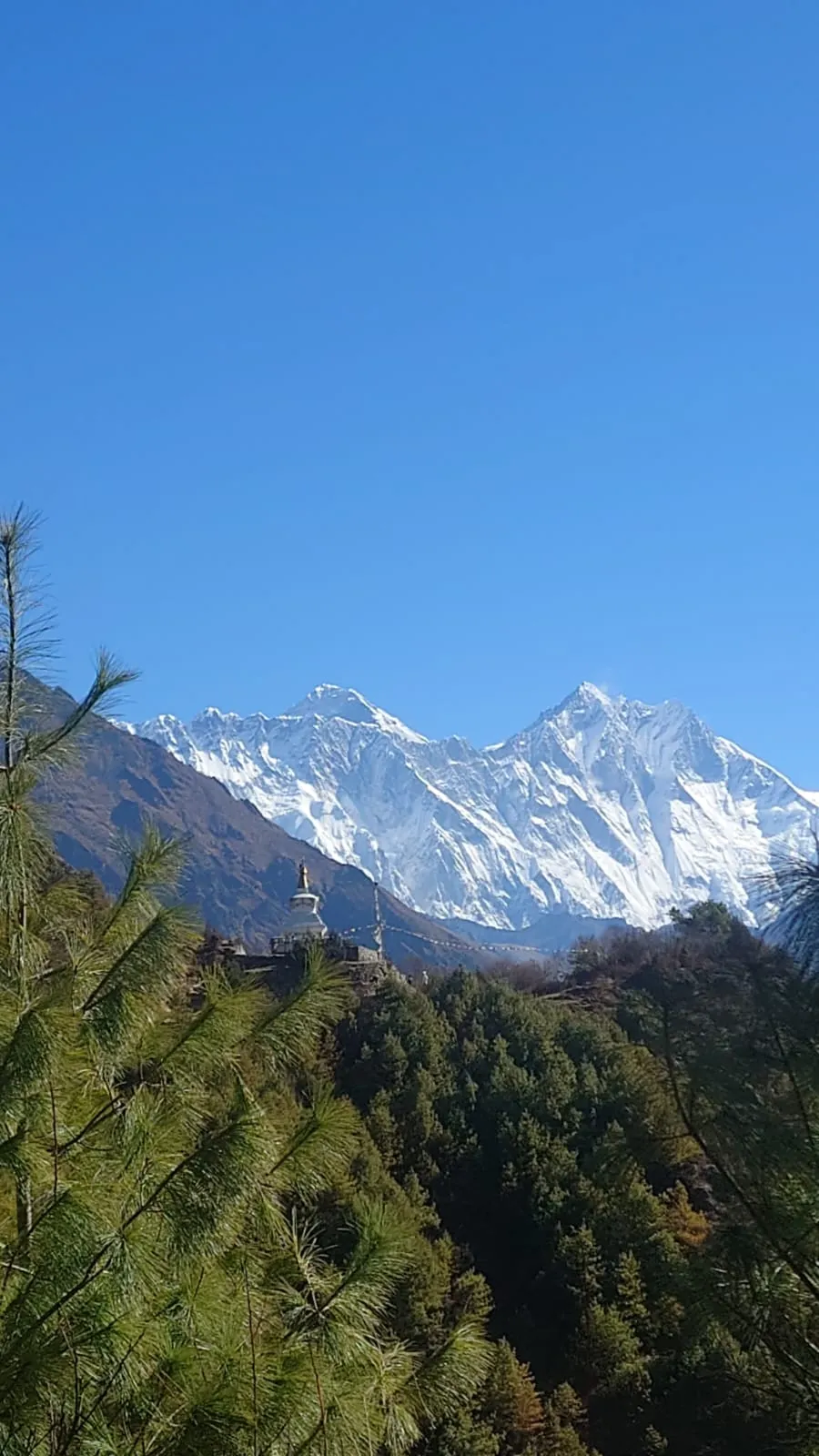








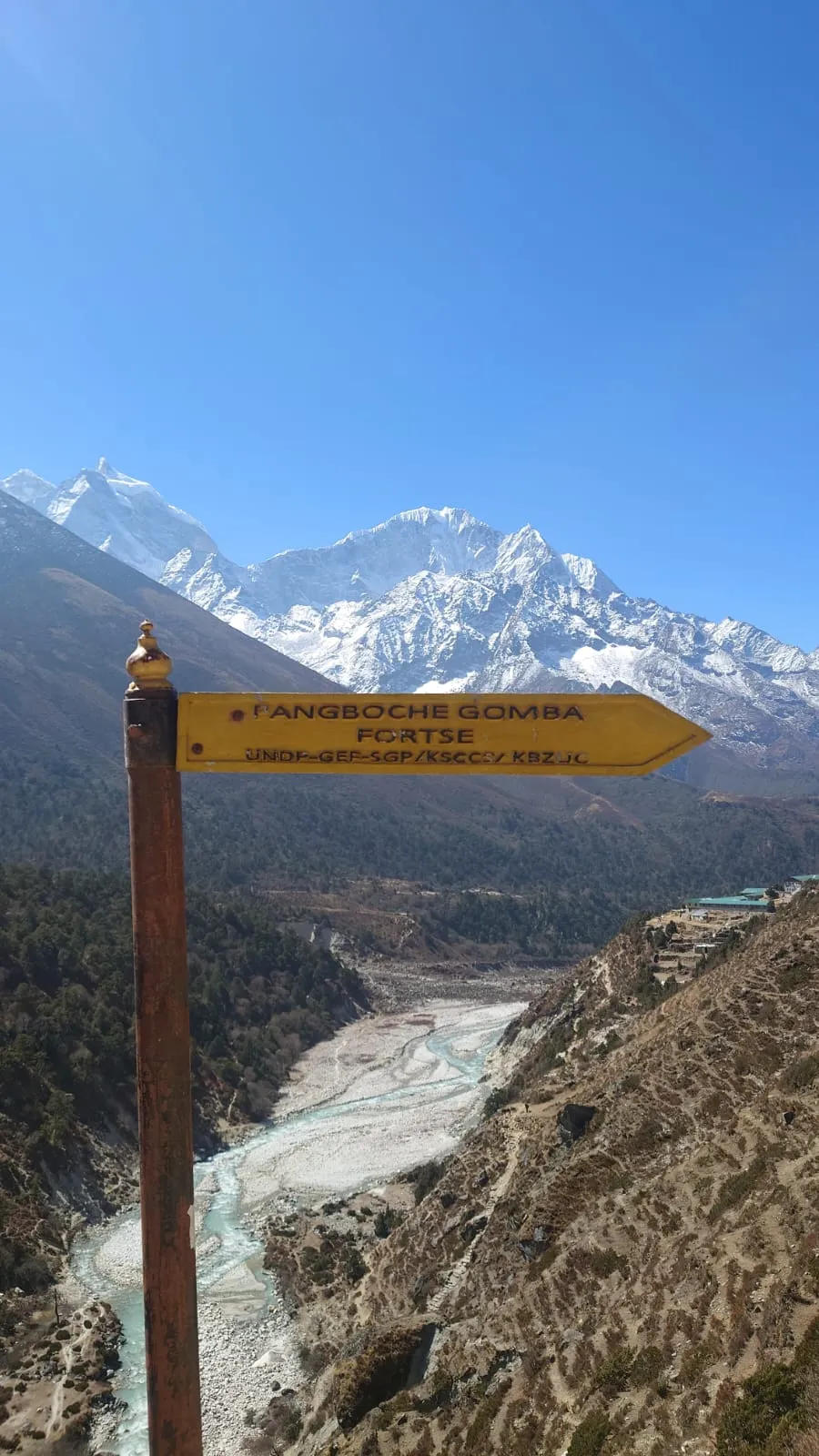
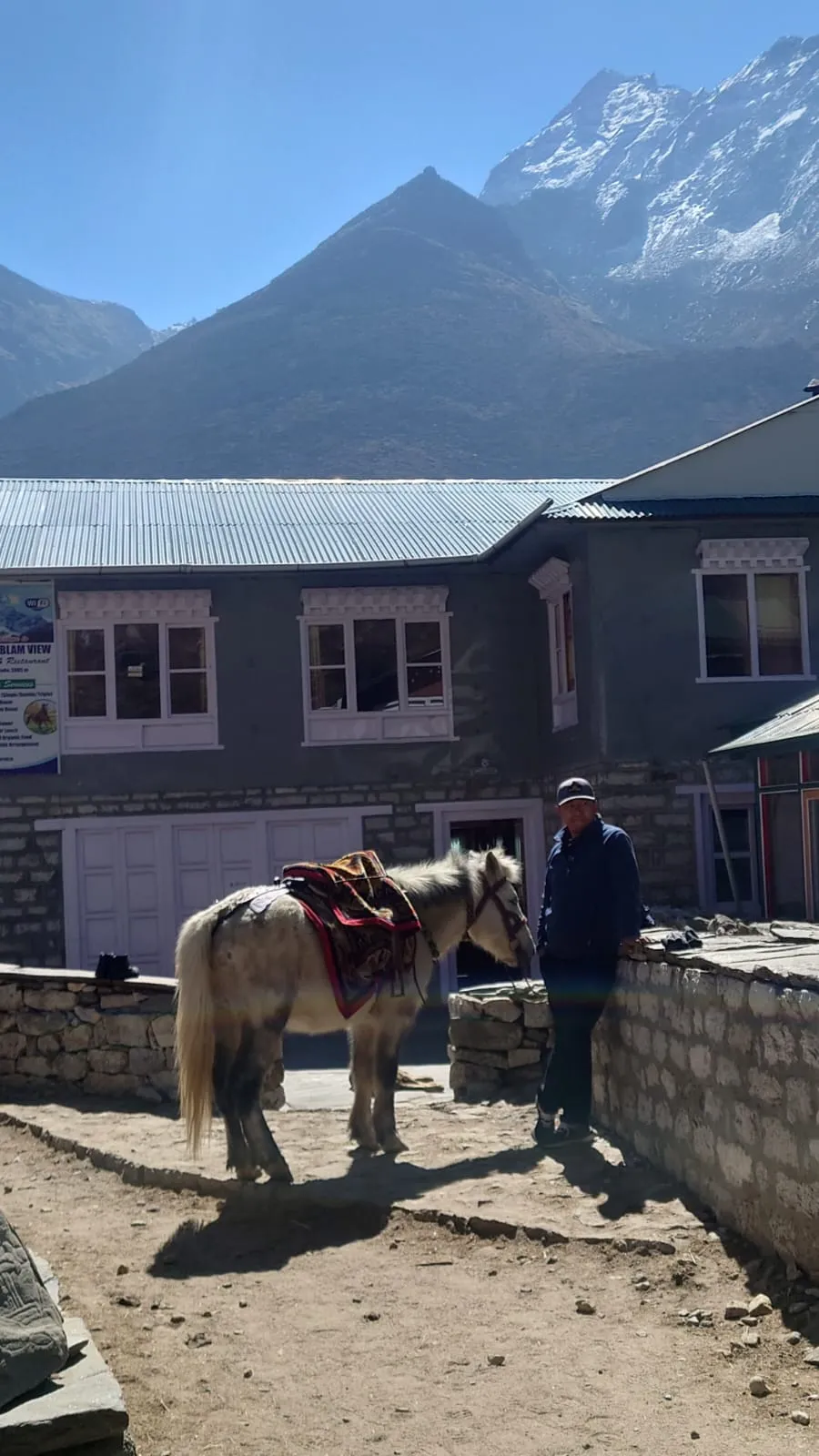

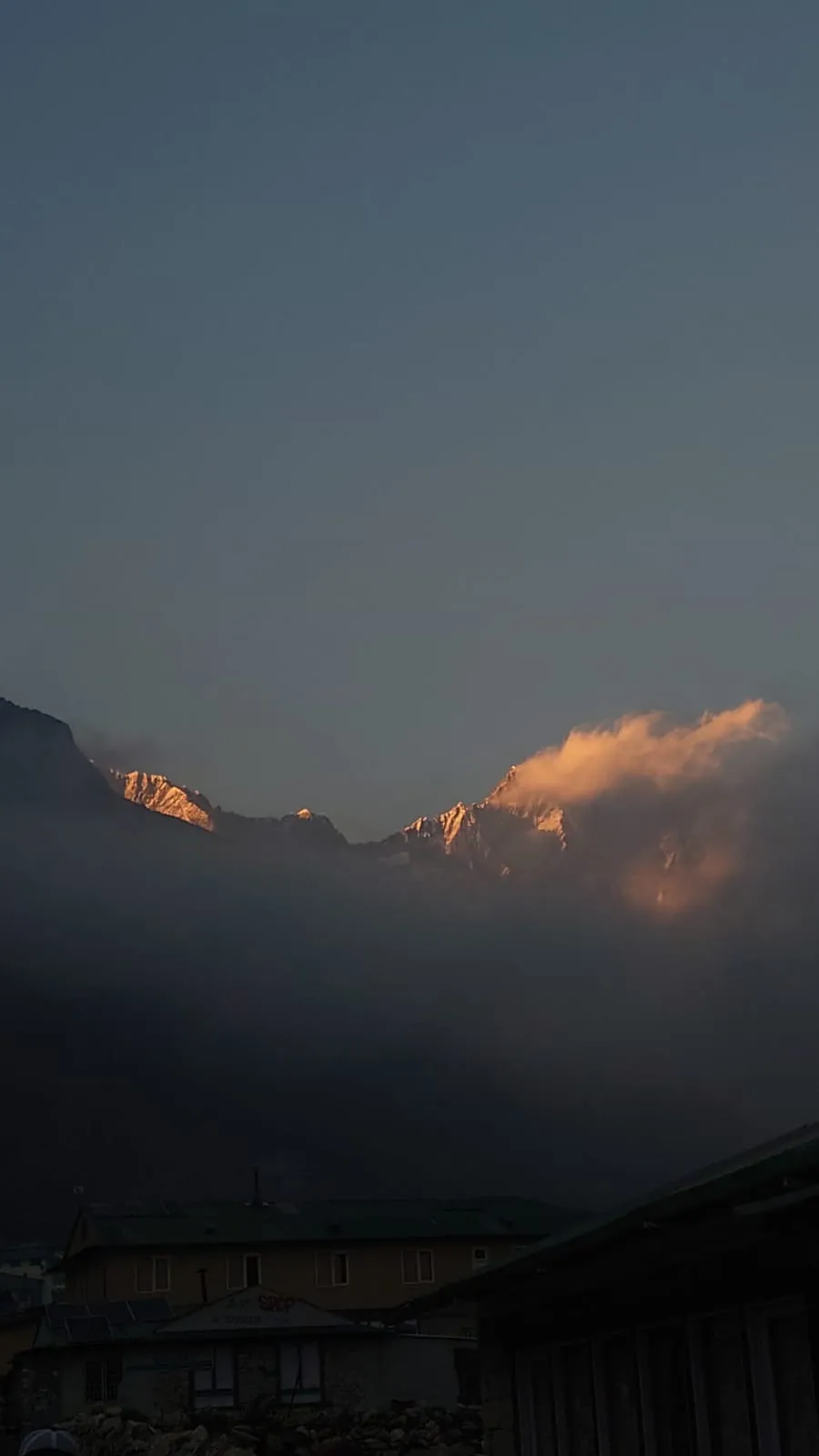
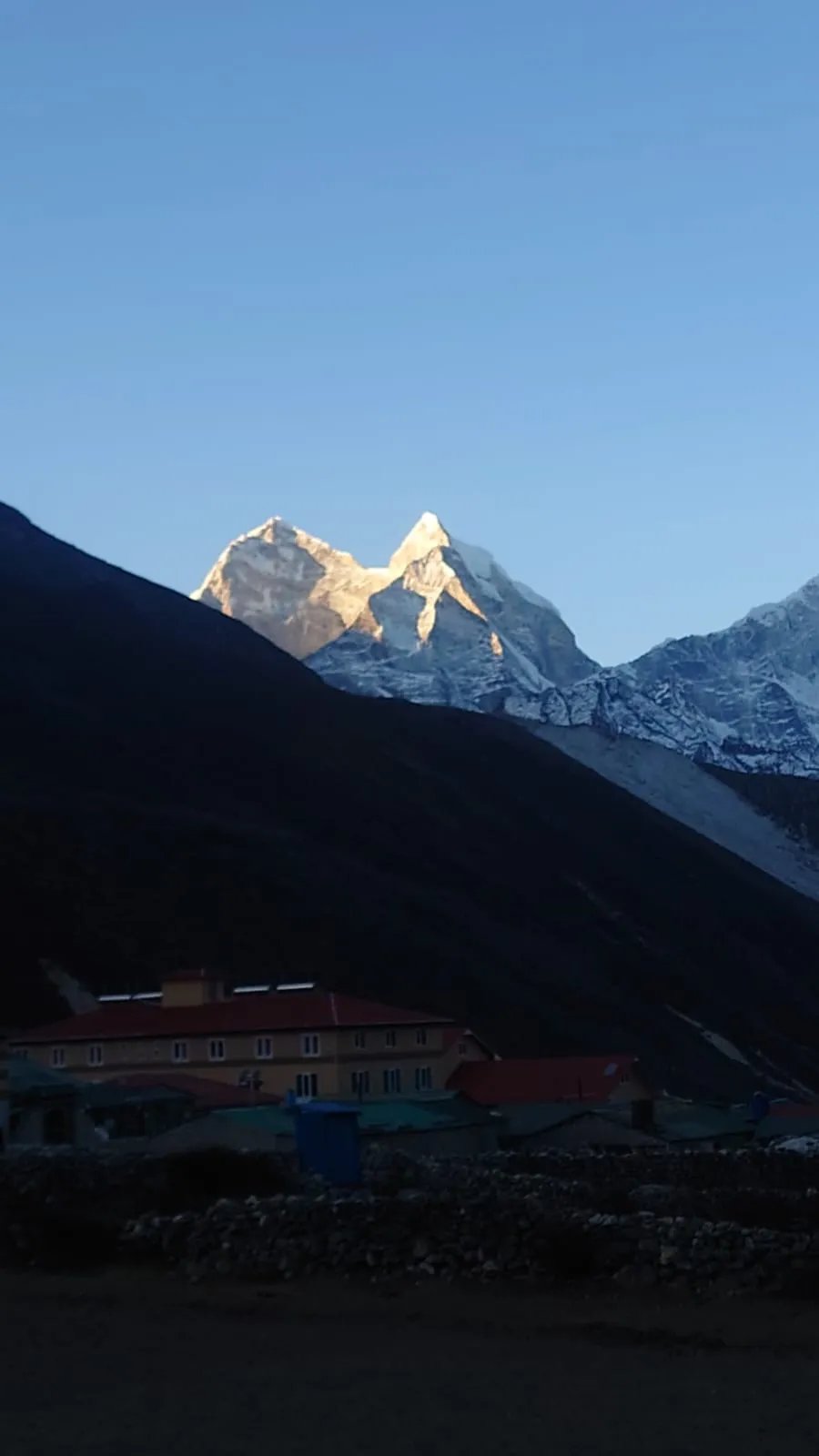

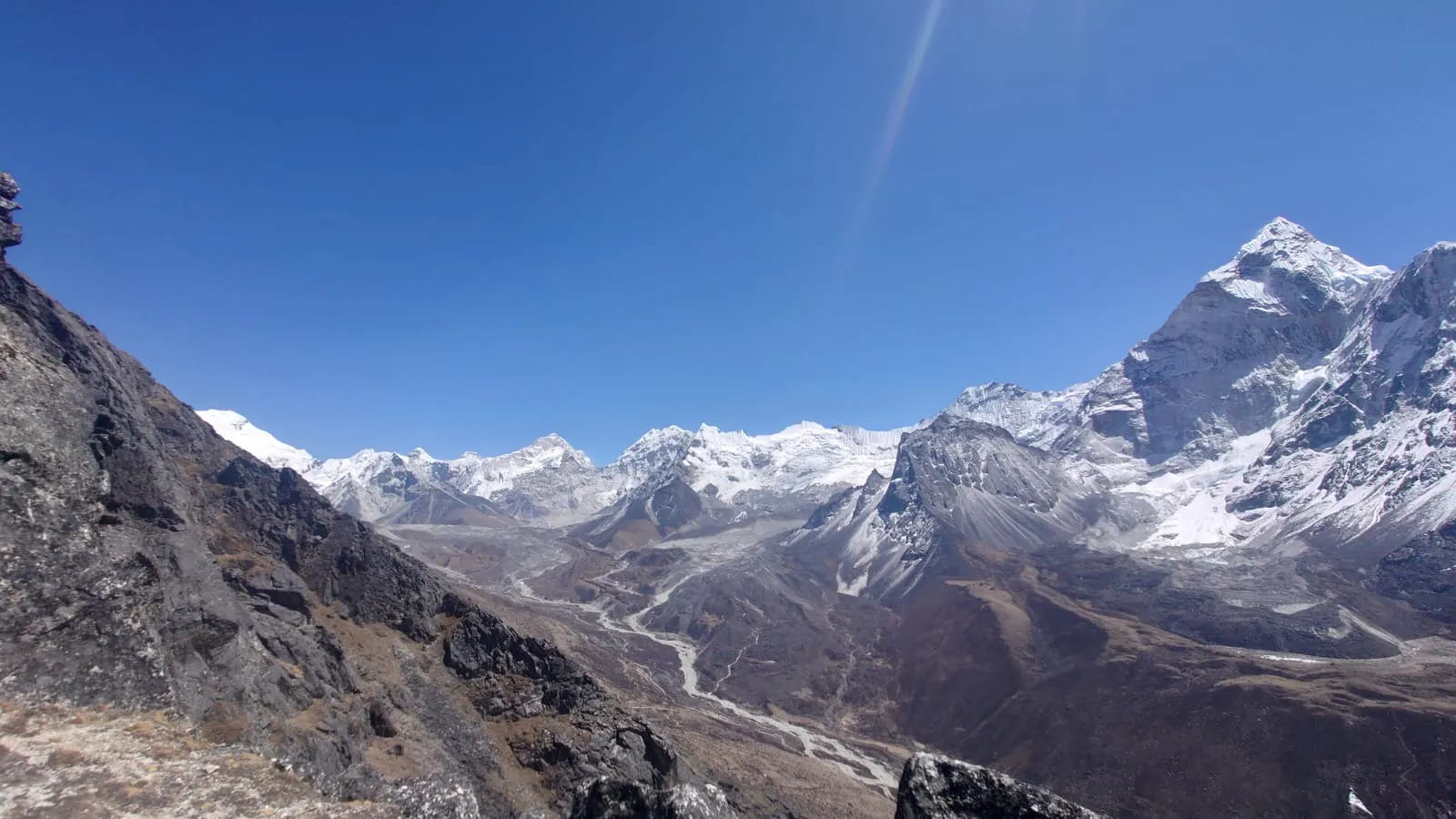
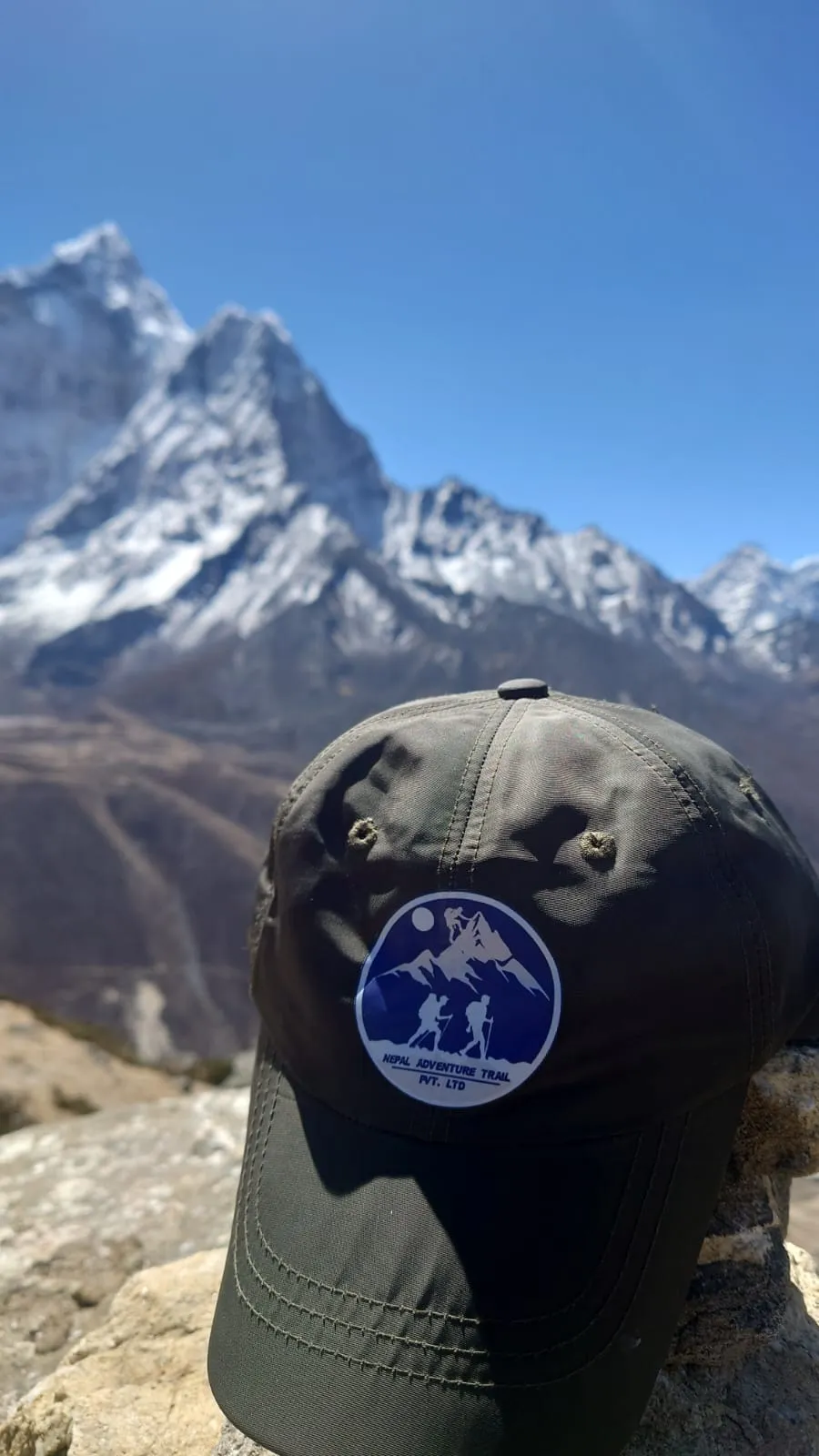
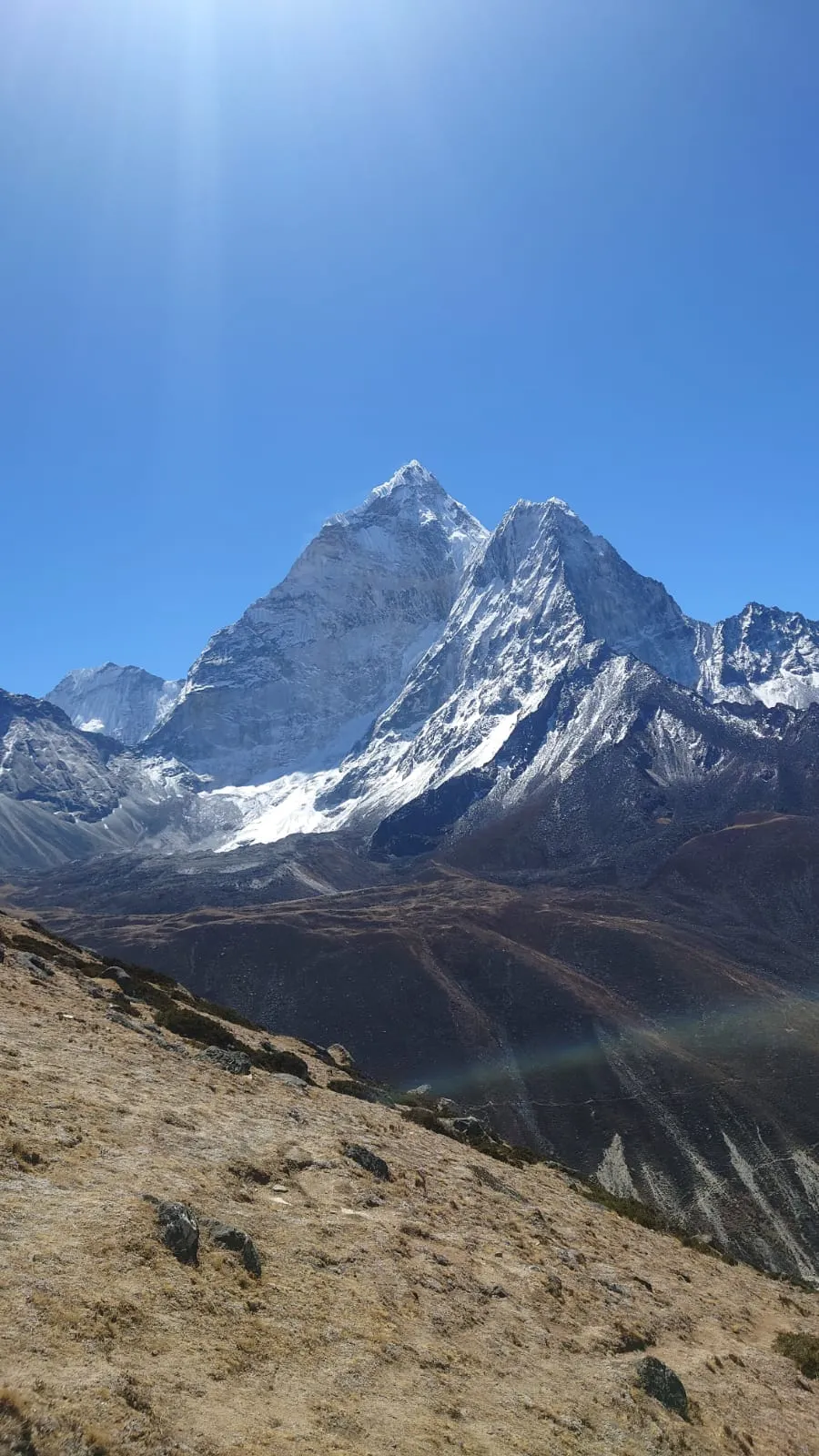
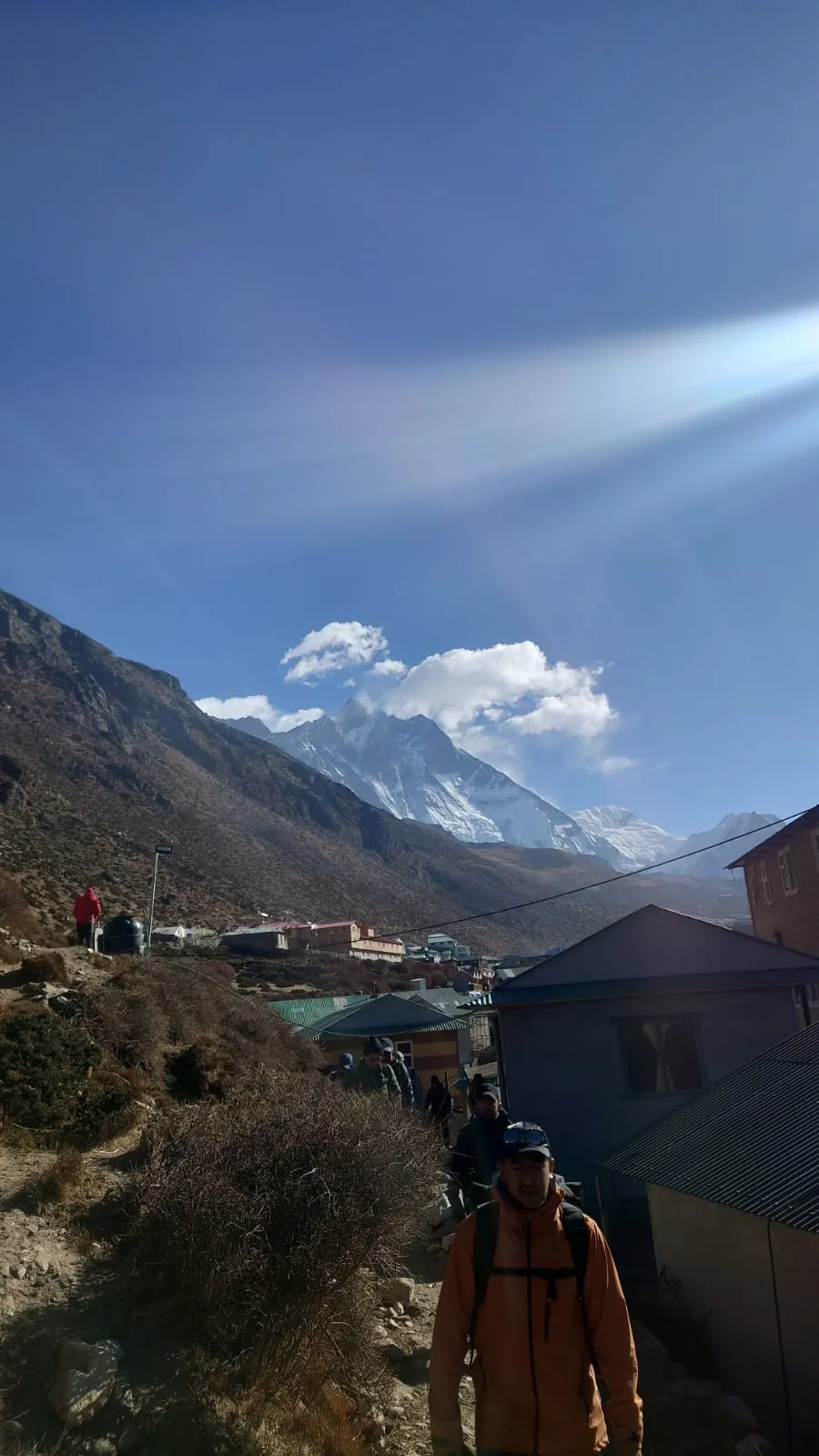

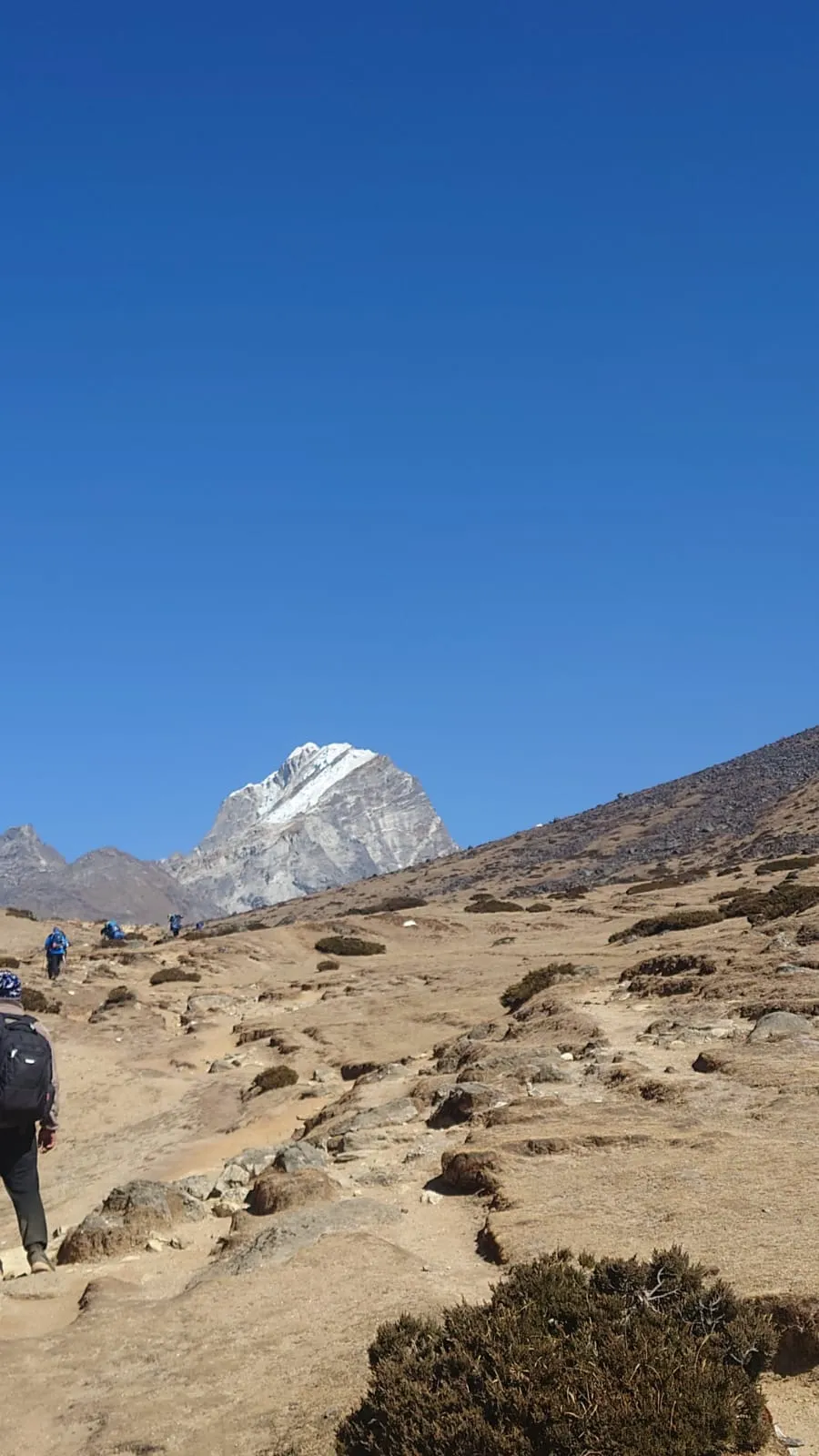
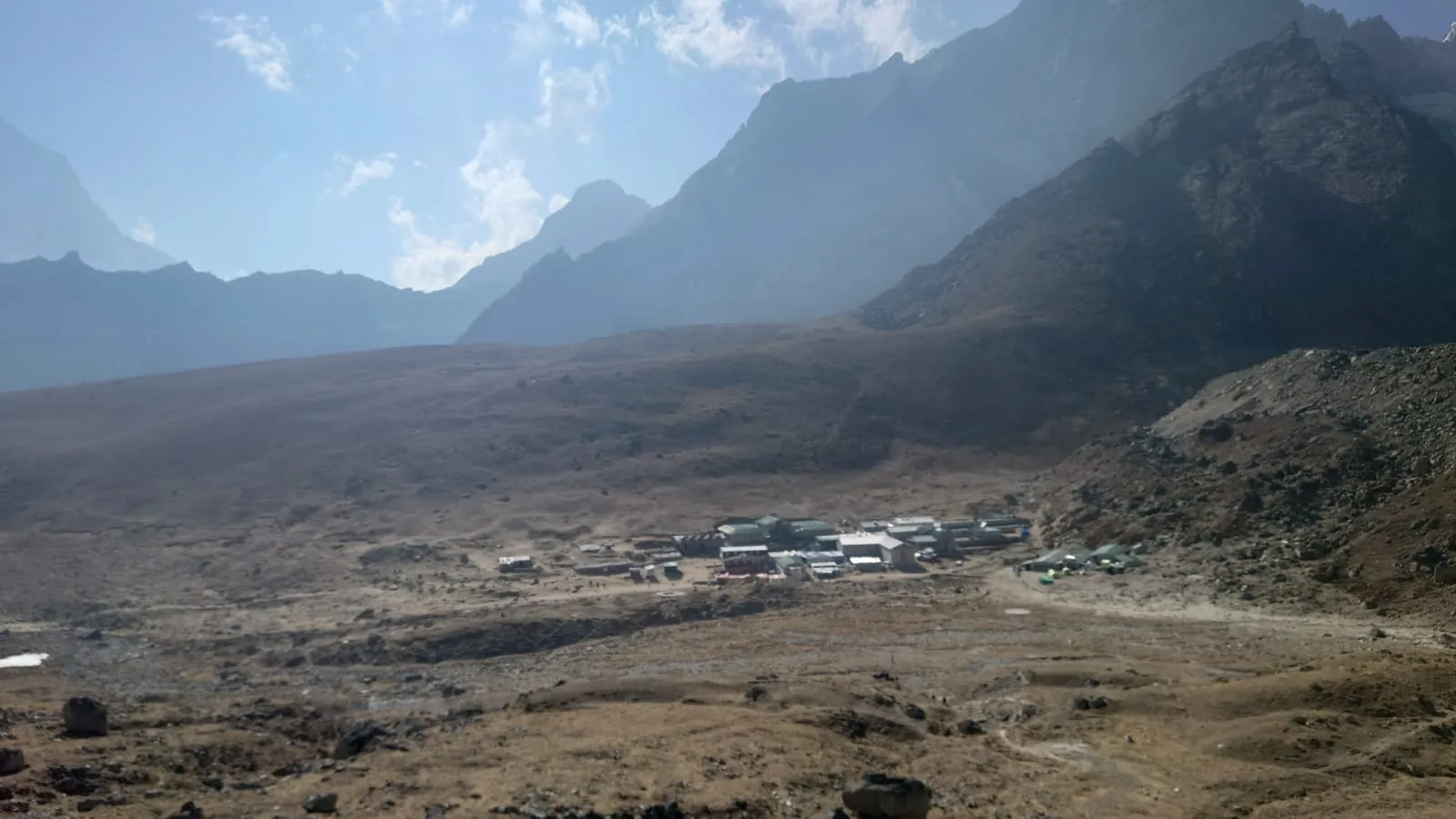
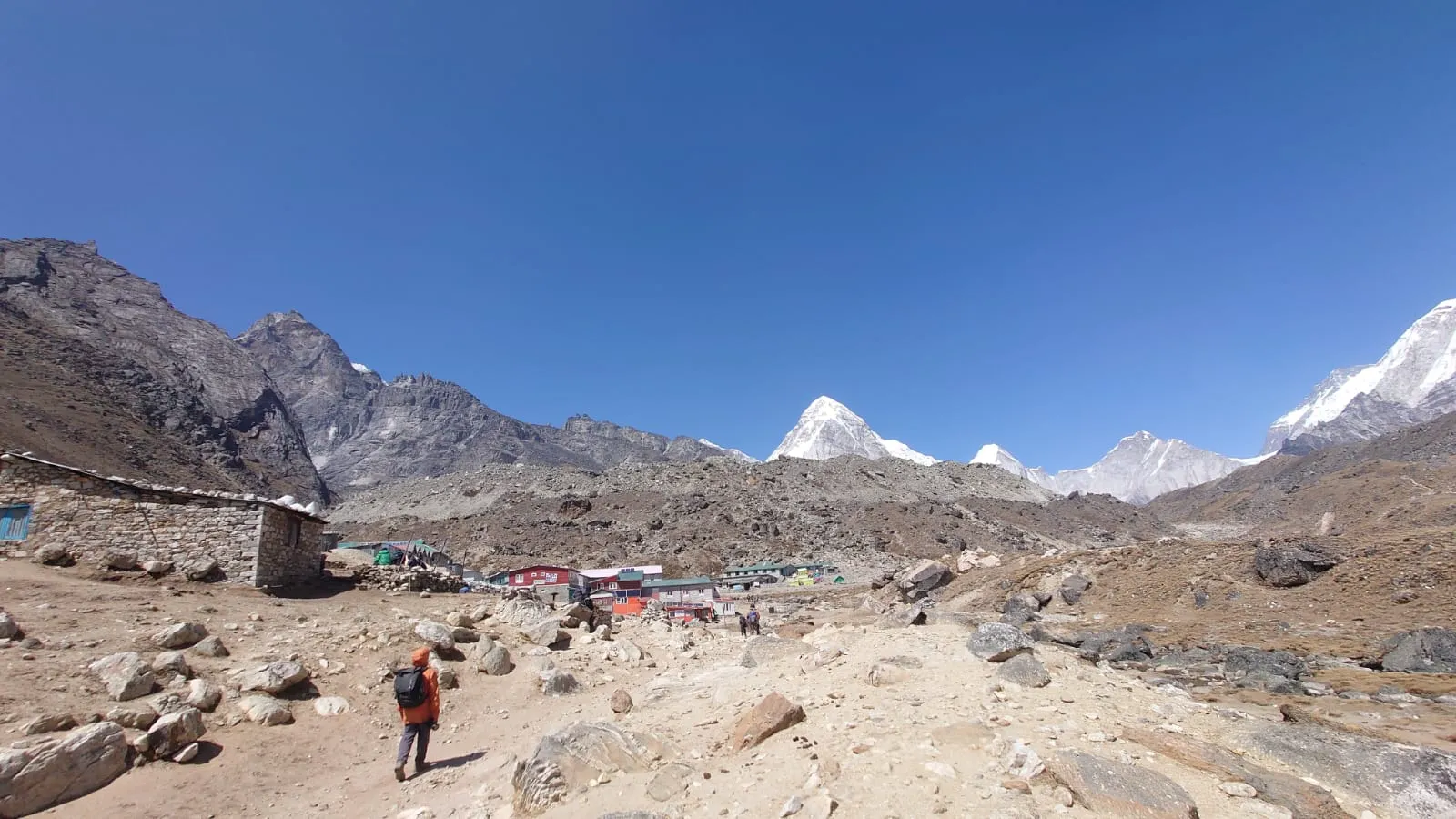
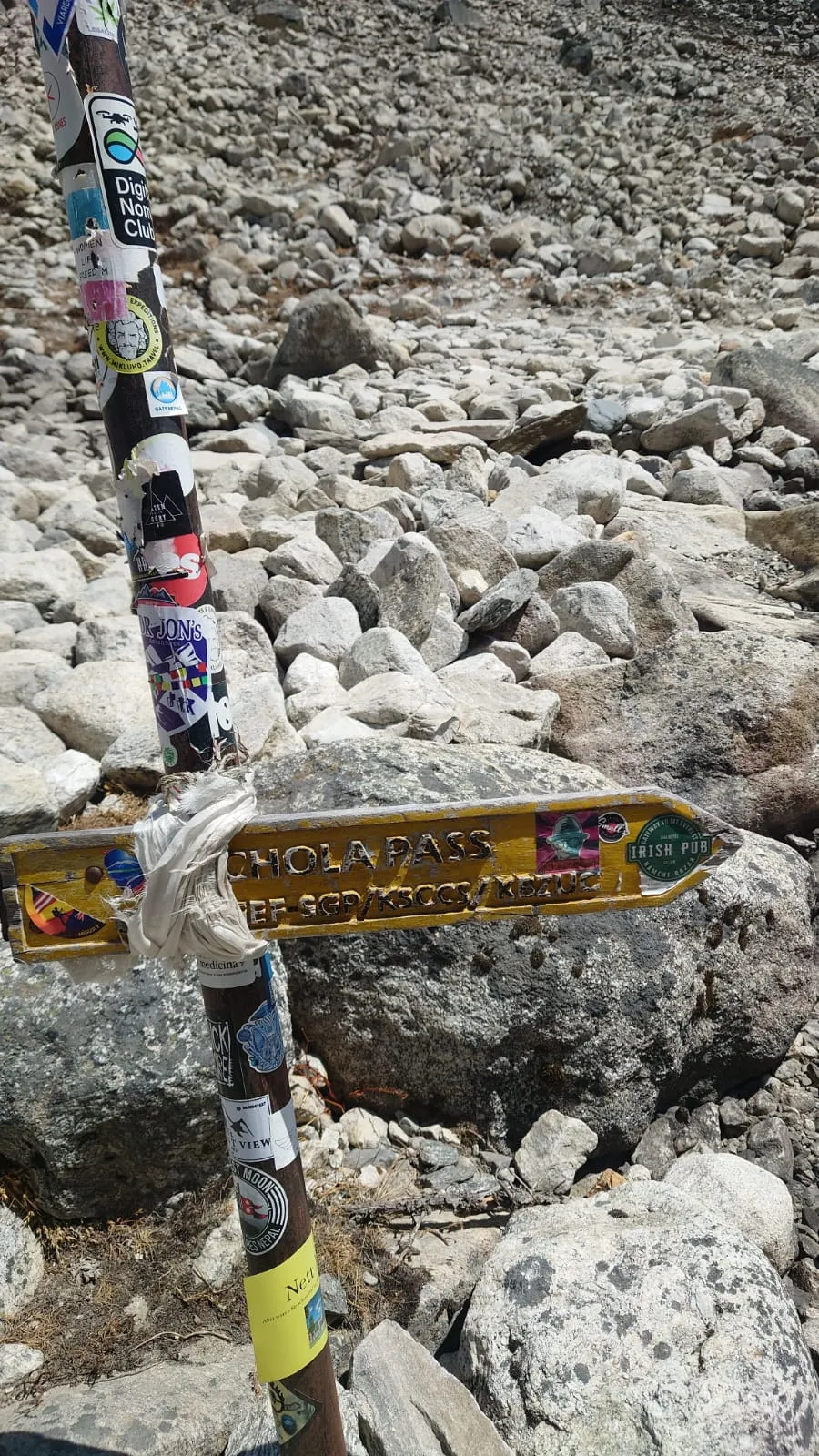
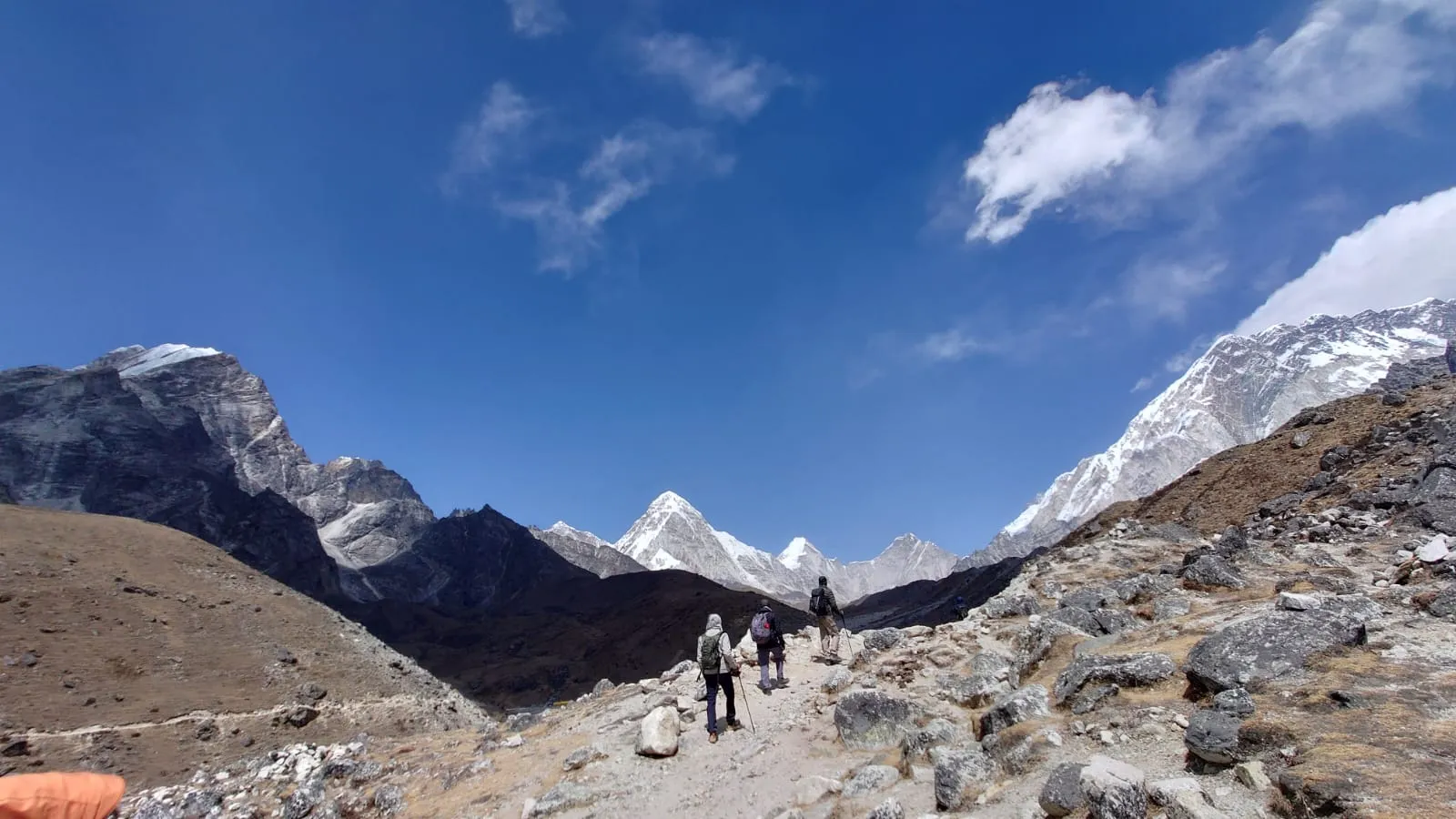
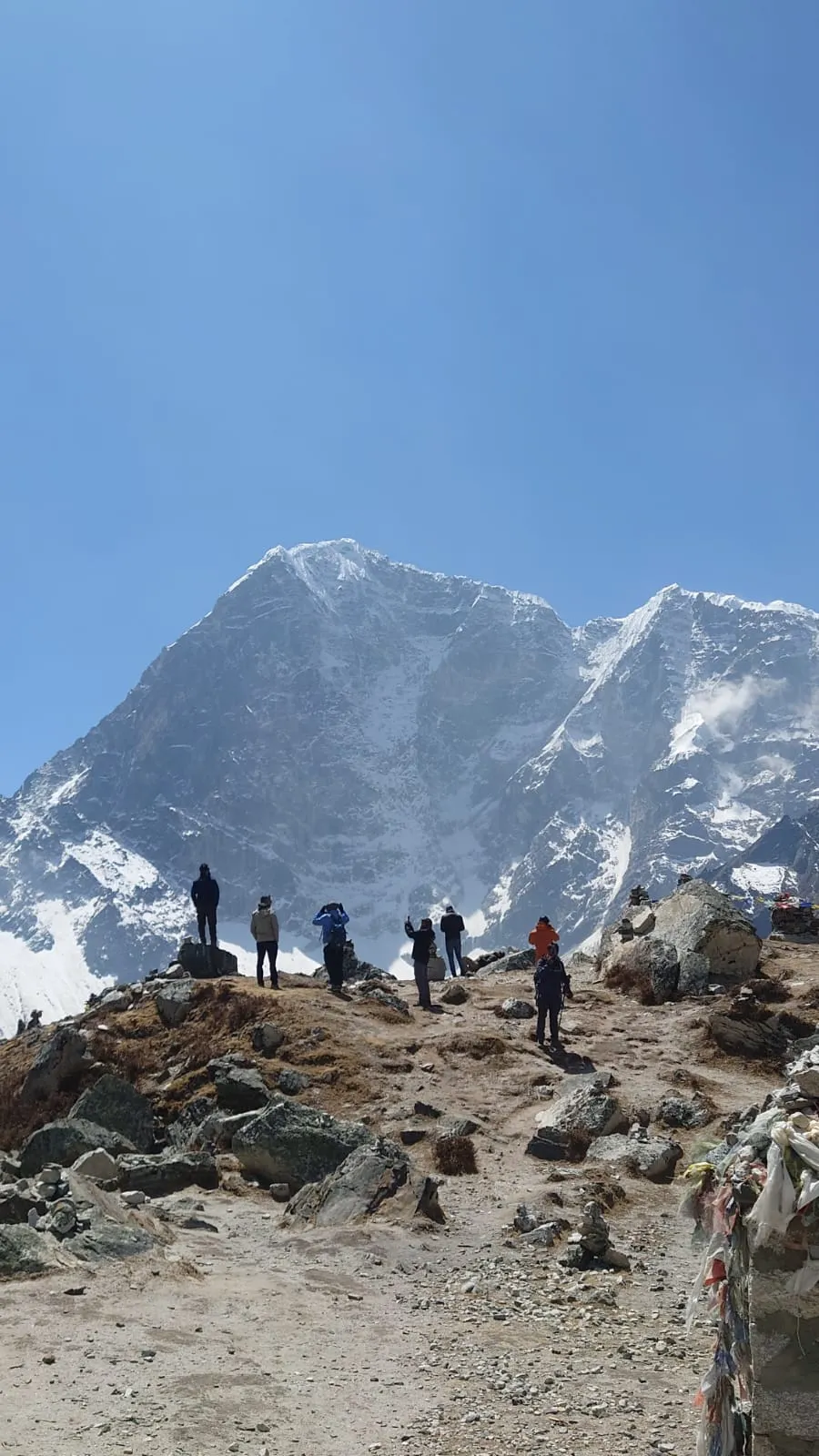

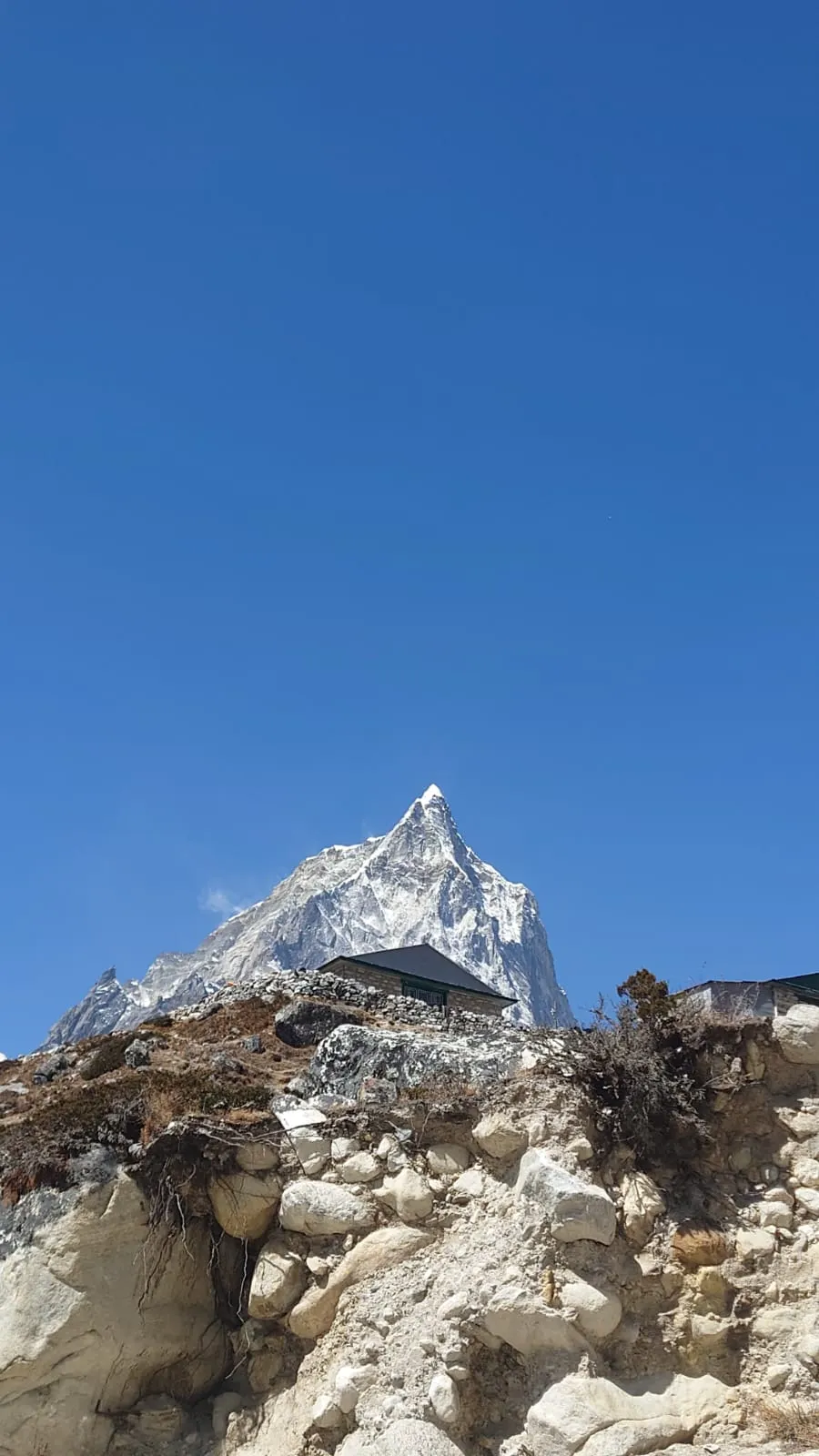











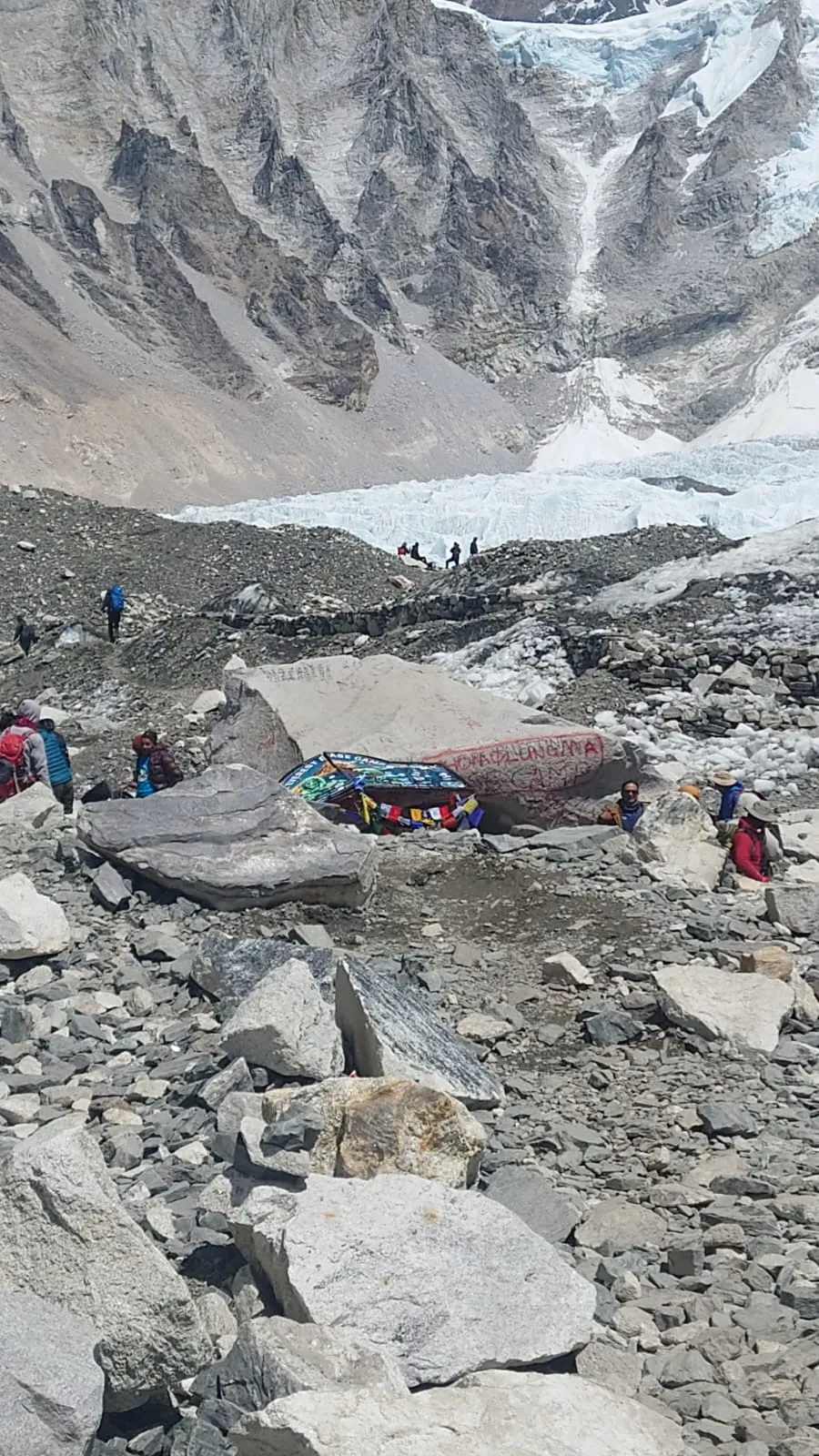
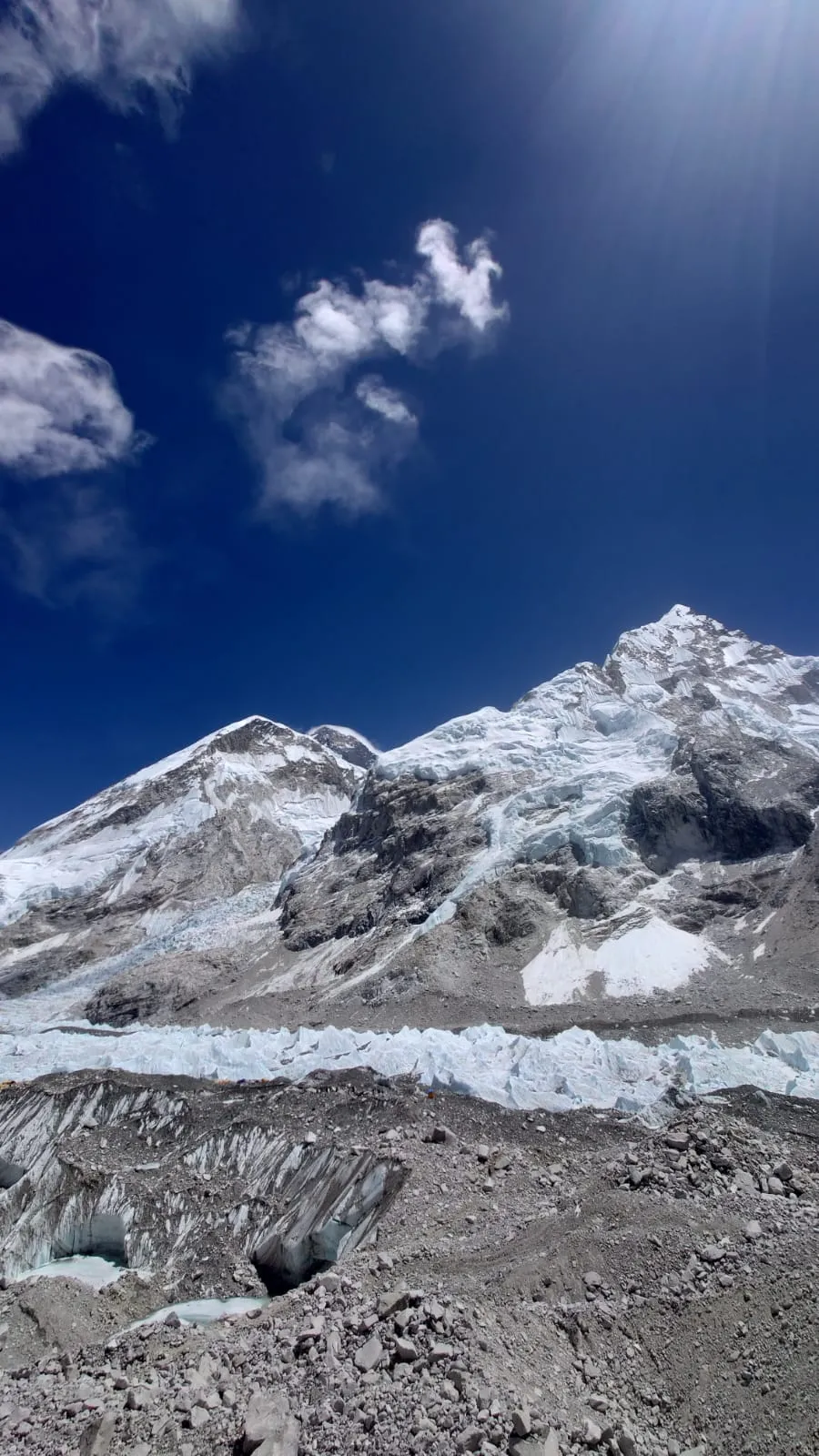





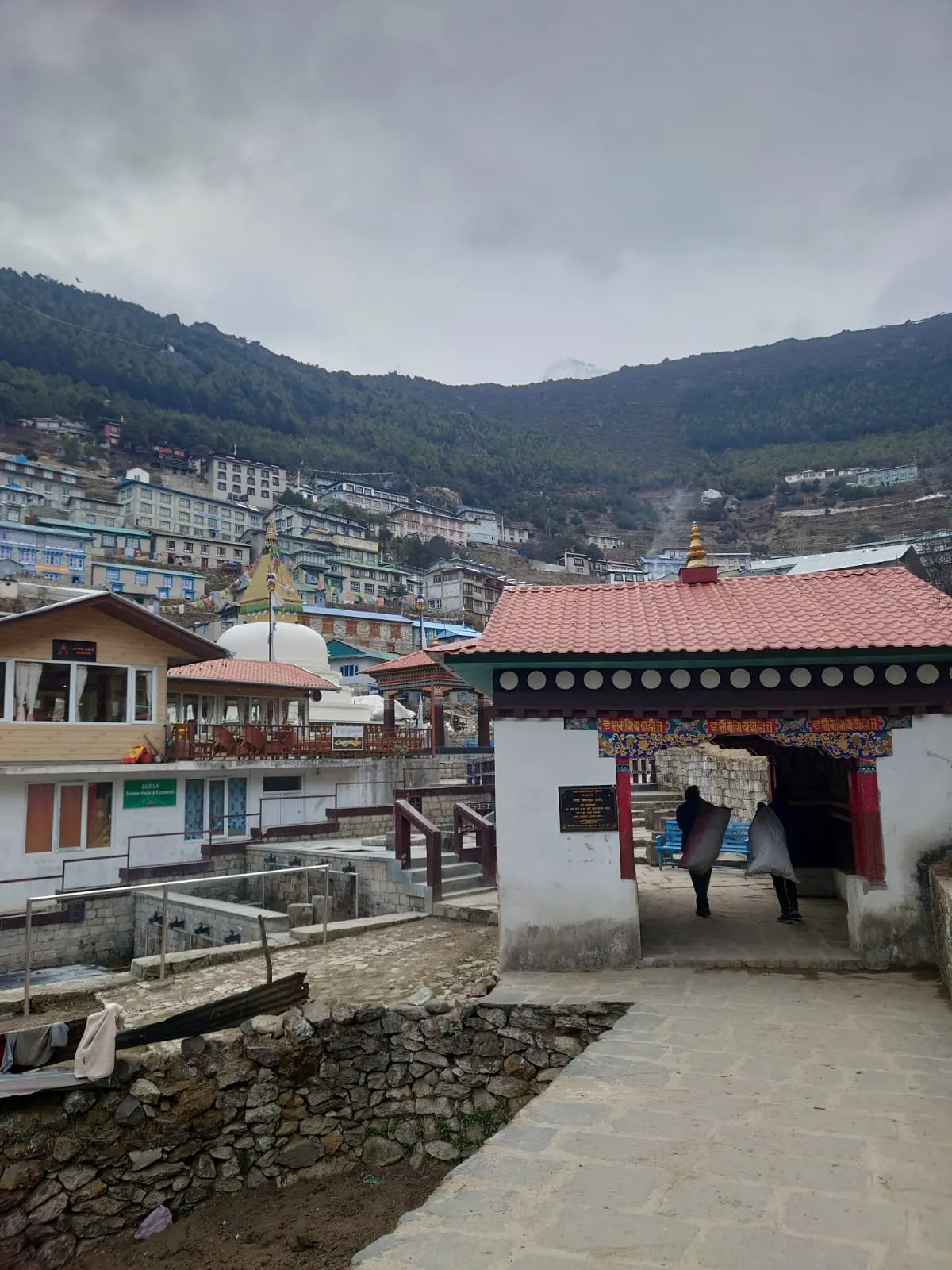



How to Book Your Everest Base Camp Trek
Ready to join us? Booking is easy:
- Online: Visit https://nepaladventuretrail.com/tour/everest-base-camp-trek, choose your date, and fill out the form.
- Questions?: Email info@nepaladventuretrail.com (mailto:info@nepaladventuretrail.com) or call +977 9841353904.
Final Thoughts
The Everest Base Camp trek with Nepal Adventure Trail is your chance to conquer a Himalayan classic with expert support and a focus on sustainability. From the thrill of Lukla’s airstrip to the triumph of standing at Base Camp, every step is a story to tell. Book today and let us guide you to the roof of the world!
Everest Base Camp Trek FAQs for 2025
- What is the Everest Base Camp Trek?
The Everest Base Camp Trek is a high-altitude adventure in Nepal’s Khumbu region, leading to the base of Mount Everest at 5,364m. It’s a bucket-list journey offering stunning Himalayan views and Sherpa culture immersion. - How long is the Everest Base Camp Trek in 2025?
The standard EBC trek takes 12-14 days, including acclimatization days. Extended itineraries, like a 15-day trek with Gokyo Lakes, may take longer. - What is the best time to trek to Everest Base Camp in 2025?
Spring (March-May) and Autumn (September-November) offer clear skies and mild weather. July is viable for fewer crowds, but expect monsoon rain. - How difficult is the Everest Base Camp Trek?
The EBC trek is moderately challenging, requiring good fitness due to high altitude (up to 5,545m at Kala Patthar) and 4-8 hours of daily hiking. - Do I need a guide for the Everest Base Camp Trek in 2025?
While not mandatory in the Everest region, a licensed guide is recommended for safety, navigation, and cultural insights. Solo trekking is allowed. - What permits are required for the EBC Trek in 2025?
You need a Sagarmatha National Park Permit ($30) and a Khumbu Pasang Lhamu Rural Municipality Fee ($20). Your tour operator can arrange these. - How much does the Everest Base Camp Trek cost in 2025?
Costs range from $1,200-$3,000, covering flights, permits, guides, porters, teahouses, and meals. Luxury packages may exceed $4,000. - What is the starting point of the Everest Base Camp Trek?
The trek begins with a flight from Kathmandu or Ramechhap to Lukla (2,860m), followed by a hike to Phakding or Monjo. - How do I get to Lukla for the EBC Trek in 2025?
Fly from Kathmandu (35 minutes) or Ramechhap (20 minutes after a 4-hour drive from Kathmandu). Book flights early due to weather dependency. - What is the highest point on the Everest Base Camp Trek?
Kala Patthar (5,545m) is the highest point, offering the best views of Mount Everest. Everest Base Camp itself is at 5,364m. - Can beginners do the Everest Base Camp Trek in 2025?
Yes, with 4-6 months of training (cardio, strength, and hiking), beginners can complete the trek. Altitude acclimatization is key. - What is the distance of the Everest Base Camp Trek?
The round-trip distance from Lukla to EBC is approximately 130 km, with daily hikes of 5-16 km. - What should I pack for the Everest Base Camp Trek?
Pack layered clothing, trekking boots, a -10°C sleeping bag, trekking poles, a headlamp, water purification tablets, and a first-aid kit. - How do I prepare physically for the EBC Trek in 2025?
Train with cardio (running, cycling), strength exercises (squats, lunges), and practice hiking with a 10-15 kg backpack for 4-6 months. - What is altitude sickness, and how can I prevent it on the EBC Trek?
Acute Mountain Sickness (AMS) causes headaches and nausea. Prevent it with gradual ascent, hydration (3-4 liters daily), and Diamox (consult a doctor). - Are there luxury options for the Everest Base Camp Trek in 2025?
Yes, luxury packages offer premium lodges, hot showers, and upgraded services in places like Lukla and Namche Bazaar. - What is the weather like on the EBC Trek in July 2025?
July is monsoon season with warm days, evening rain, and lush landscapes. Mornings offer clear views, but trails may be slippery. - Can I trek to Everest Base Camp independently in 2025?
Yes, independent trekking is allowed in the Everest region. Book Lukla flights and teahouses in advance for a smoother experience. - What are teahouses on the Everest Base Camp Trek?
Teahouses are basic guesthouses offering beds, shared bathrooms, and meals (e.g., Dal Bhat). Higher altitudes have simpler facilities. - How many hours do you trek daily on the EBC Trek?
Daily trekking ranges from 4-8 hours, depending on the itinerary and acclimatization days. - What is Kala Patthar, and why is it important on the EBC Trek?
Kala Patthar (5,545m) is a viewpoint offering the closest and clearest views of Mount Everest, often visited at sunrise. - Do I need travel insurance for the Everest Base Camp Trek?
Yes, insurance covering high-altitude trekking (up to 6,000m) and emergency evacuation is essential. - What food is available during the Everest Base Camp Trek?
Teahouses serve Dal Bhat, pasta, rice, soups, and snacks. Higher altitudes have limited options, and food is pricier. - Can I charge devices on the EBC Trek in 2025?
Some teahouses offer paid electricity or WiFi. Bring a solar charger or power bank for reliability. - What is the role of a porter on the Everest Base Camp Trek?
Porters carry your gear (10-15 kg), easing your load. Hiring one supports local employment and costs ~$15-20/day. - How do I book a guide for the EBC Trek in 2025?
Contact reputable agencies in Kathmandu or book through operators like Ace the Himalaya or Green Valley Nepal Treks. - What is the acclimatization process for the EBC Trek?
Acclimatization days in Namche Bazaar (3,440m) and Dingboche (4,410m) help your body adjust to altitude, reducing AMS risk. - Are there ATMs on the Everest Base Camp Trek route?
ATMs are available in Namche Bazaar, but carry enough cash (NPR) from Kathmandu for teahouses and tips. - What is the flight experience to Lukla like?
The 20-35 minute flight is scenic but turbulent, landing on Lukla’s short runway. Weather delays are common. - Can children trek to Everest Base Camp in 2025?
Children over 10 with strong fitness can trek, but consult a doctor for altitude risks. Families are rare on the trail. - What are the main highlights of the EBC Trek?
Highlights include Everest views from Kala Patthar, Tengboche Monastery, Namche Bazaar, and the Khumbu Glacier. - How cold does it get on the Everest Base Camp Trek?
Temperatures range from 15°C in Lukla to -10°C at Gorak Shep. Winter treks (December-February) can drop to -20°C. - What vaccinations are needed for the EBC Trek in 2025?
Recommended vaccinations include hepatitis A, typhoid, and tetanus. Consult a doctor for altitude medications. - Is WiFi available on the Everest Base Camp Trek?
Paid WiFi is available in some teahouses (e.g., Namche, Dingboche), but it’s slow and unreliable at higher altitudes. - What is the cultural experience like on the EBC Trek?
You’ll visit Sherpa villages, Buddhist monasteries, and see prayer wheels, stupas, and mani stones, immersing in Tibetan-influenced culture. - Can I extend my EBC Trek to include Gokyo Lakes?
Yes, a 15-19 day itinerary adds Gokyo Lakes, offering stunning turquoise lakes and Cho Oyu views. - What is the environmental impact of the EBC Trek?
Overcrowding and litter are concerns. Choose operators with sustainable practices, like waste collection programs. - How do I choose a trekking company for the EBC Trek in 2025?
Look for licensed operators with experienced guides, good reviews, and responsible tourism policies, like Mosaic Adventure or Intrepid Travel. - What is the role of Sherpas on the Everest Base Camp Trek?
Sherpas guide, carry supplies, and share cultural knowledge, ensuring a safe and enriching experience. - Are there emergency evacuation options on the EBC Trek?
Helicopter evacuations are available for medical emergencies, covered by comprehensive travel insurance. - What is the typical group size for an EBC Trek in 2025?
Groups range from 2-12 people. Smaller groups (4-6) offer a more personalized experience. - Can I trek to Everest Base Camp in winter 2025?
Winter (December-February) is possible but cold, with snow-covered trails. Spring or autumn are safer. - What is the significance of Tengboche Monastery on the EBC Trek?
Tengboche Monastery is a spiritual hub with stunning Ama Dablam views, offering cultural and scenic highlights. - How do I manage hygiene on the Everest Base Camp Trek?
Use shared teahouse bathrooms, carry hand sanitizer, and pay for hot showers (bucket water at higher altitudes). - What are the risks of trekking to Everest Base Camp?
Risks include AMS, slips on rocky trails, and weather changes. Proper preparation and guides minimize these. - Can I do a helicopter tour to Everest Base Camp in 2025?
Yes, helicopter tours offer a quicker alternative, but trekking provides a richer experience. - What is the Sagarmatha National Park, and why is it important?
A UNESCO World Heritage Site, it protects Himalayan flora, fauna, and the EBC trail. Permits fund conservation. - How do I stay warm on the EBC Trek in 2025?
Wear layered clothing (base, fleece, down jacket), use a warm sleeping bag, and drink hot beverages. - What is the best camera gear for the EBC Trek?
A DSLR or mirrorless camera with extra batteries and a lightweight tripod captures Himalayan vistas. - Why is the Everest Base Camp Trek a bucket-list adventure?
It combines physical challenge, cultural immersion, and unparalleled views of Everest, making it a life-changing journey.
Keywords: “Everest Base Camp Trek: Ultimate 2025 Guide to Your Himalayan Adventure“, “Everest Base Camp Trek, “EBC trek 2025, “Nepal trekking“.
